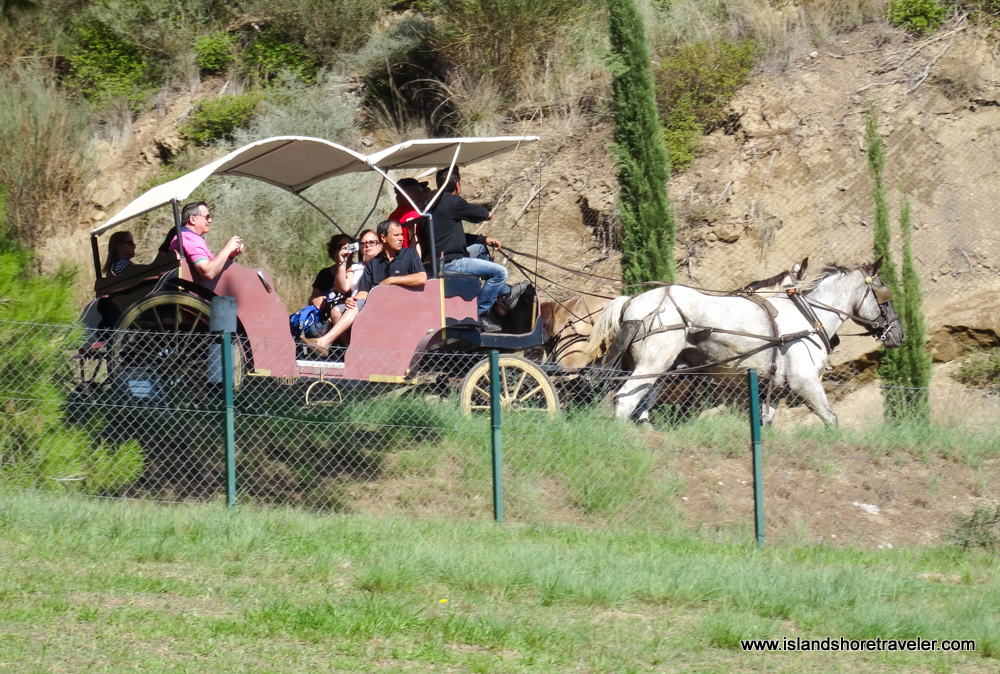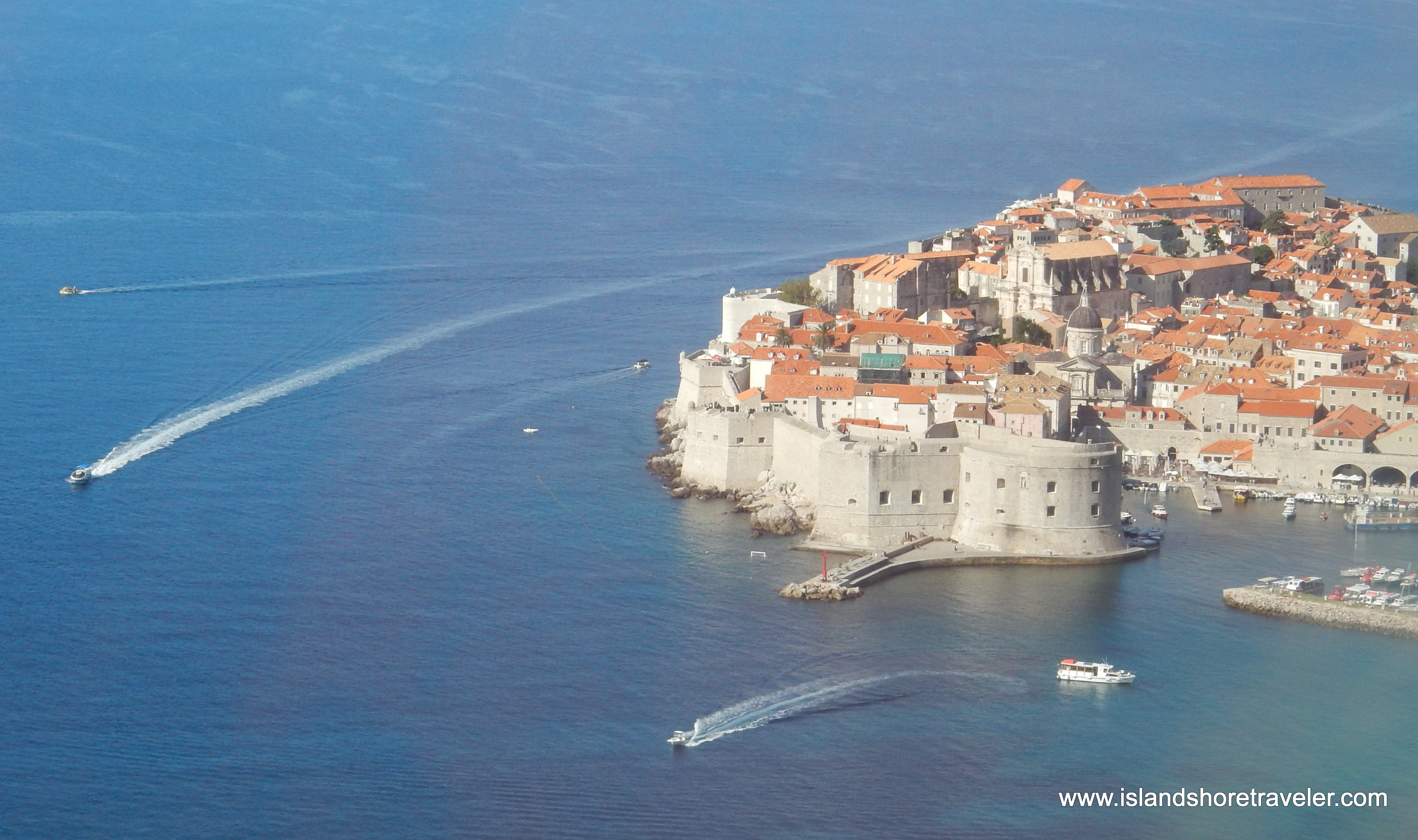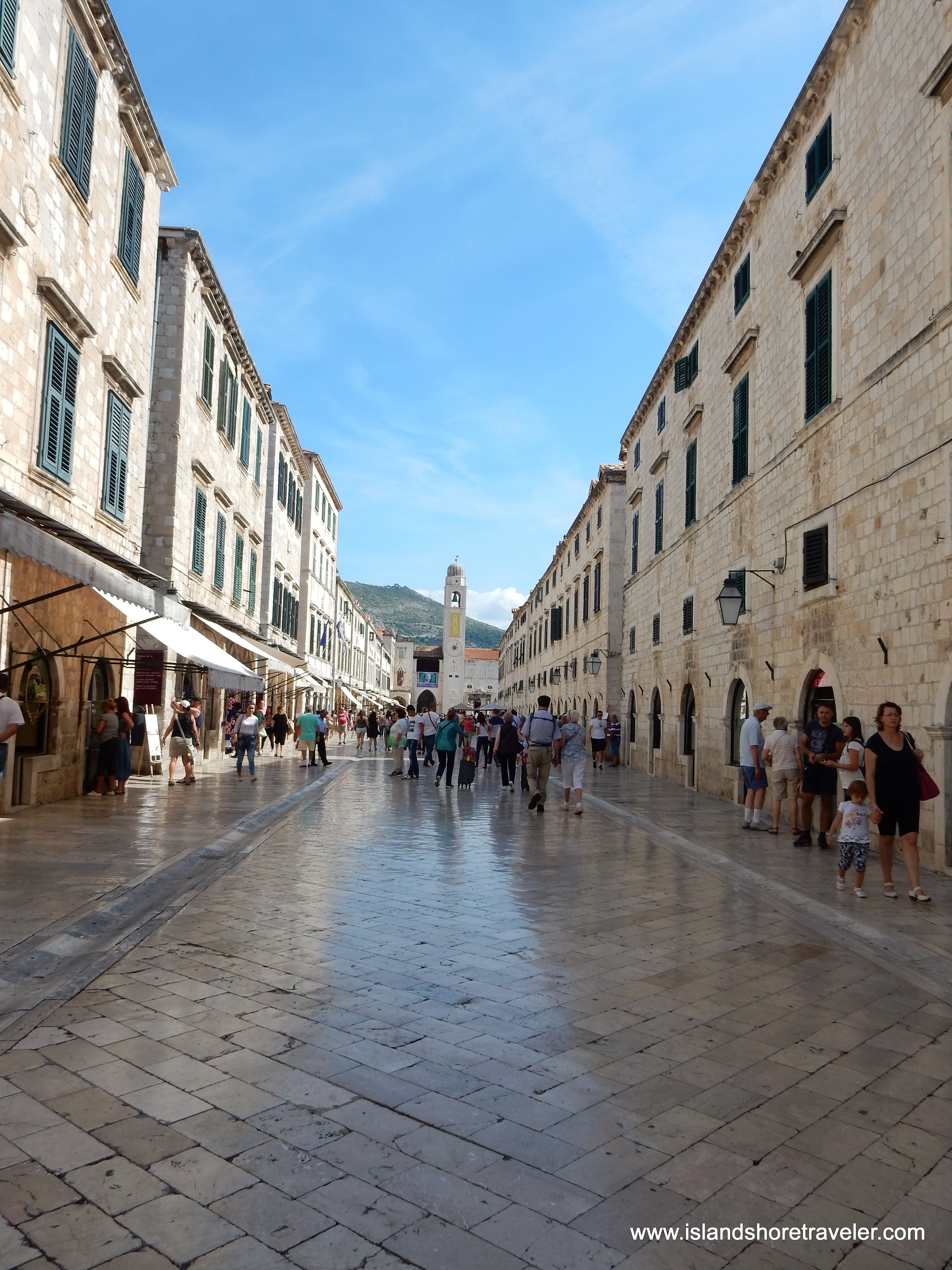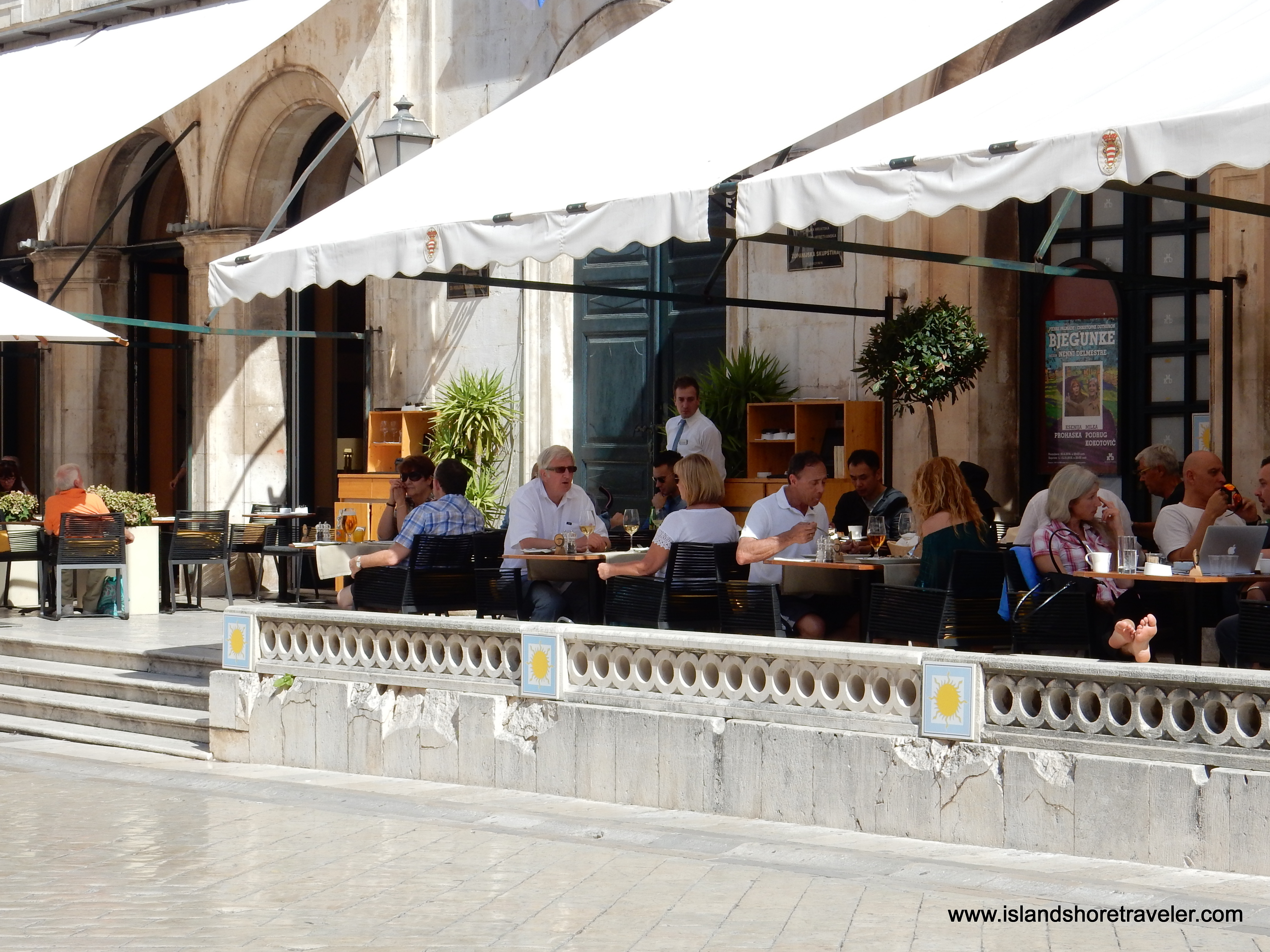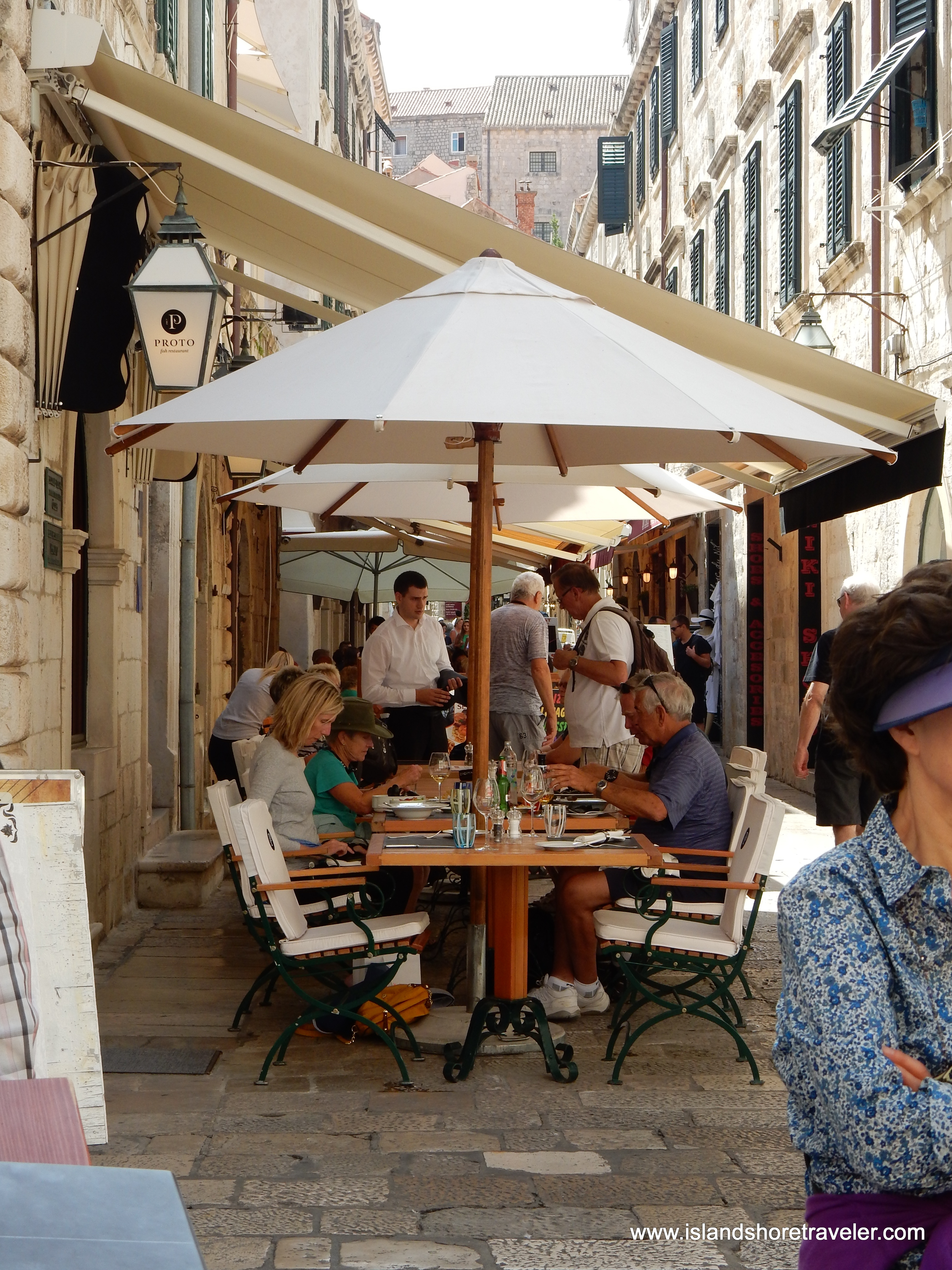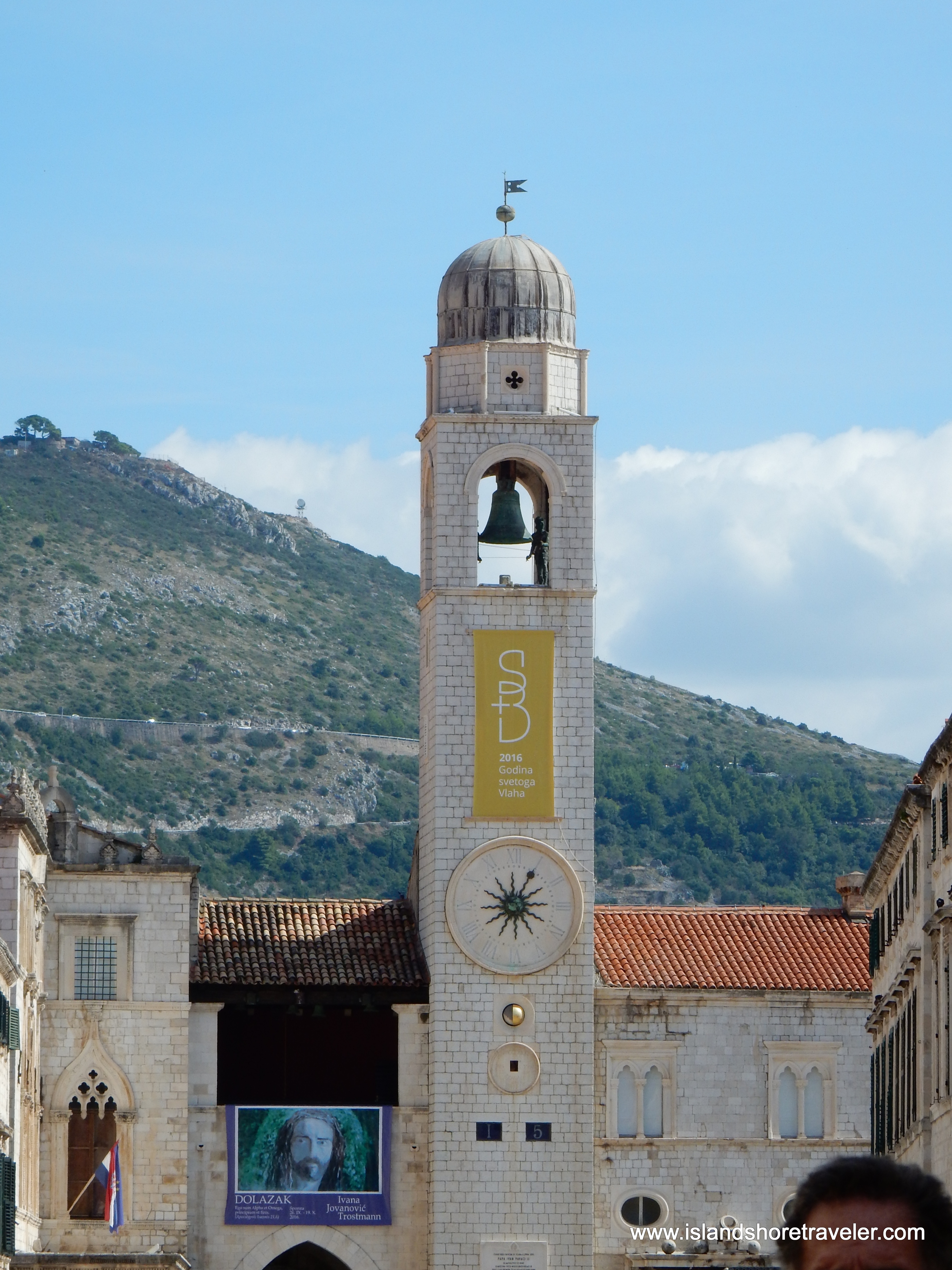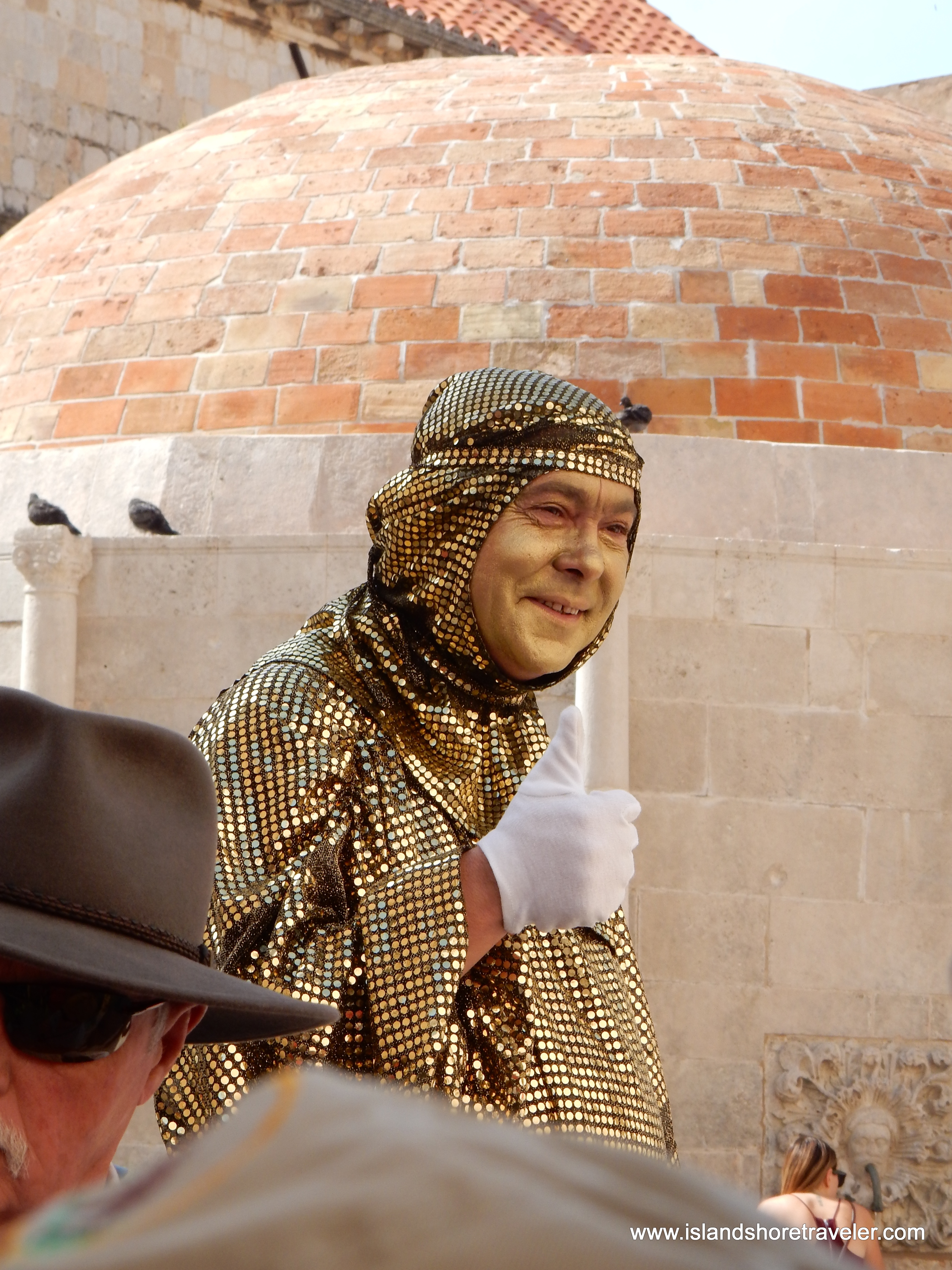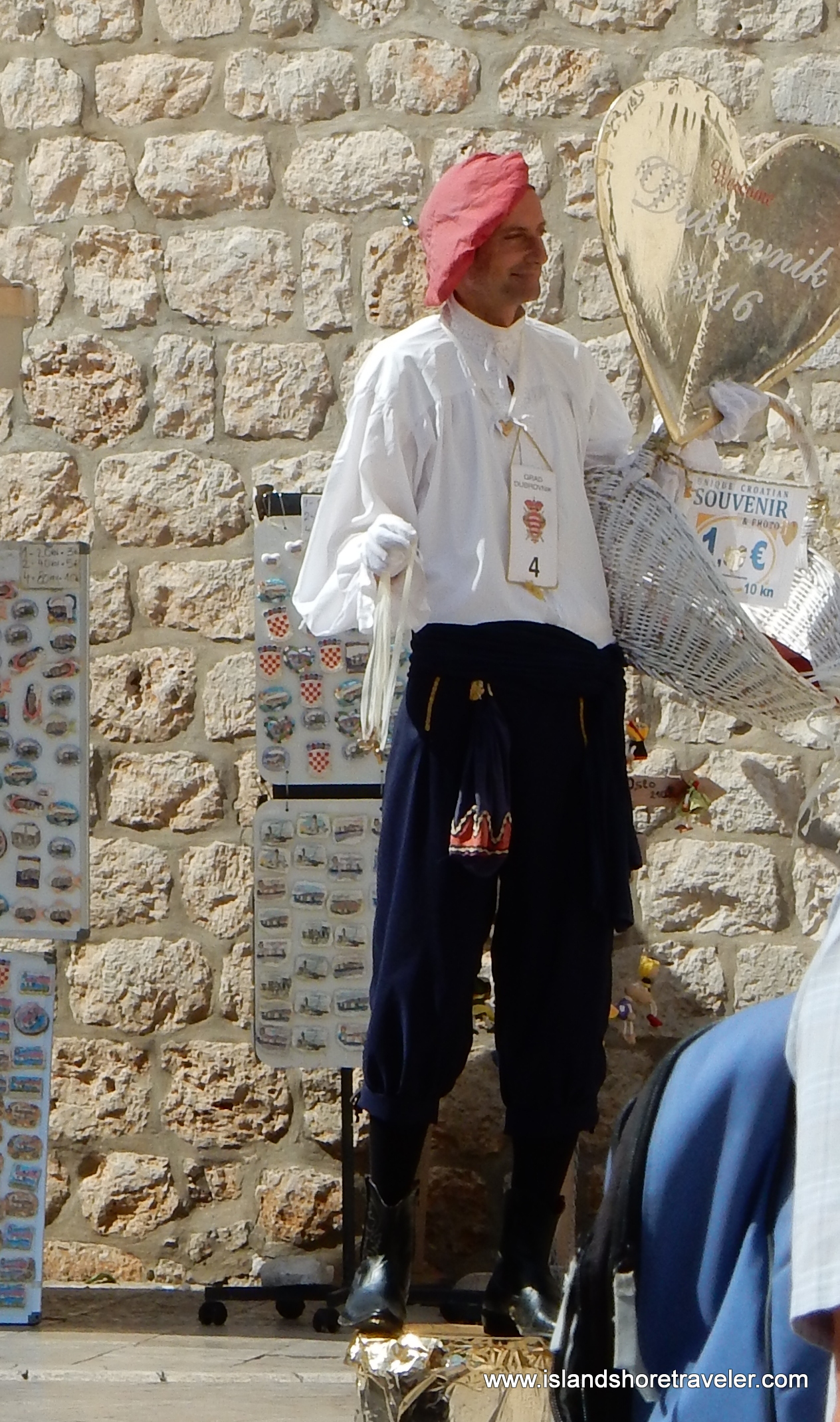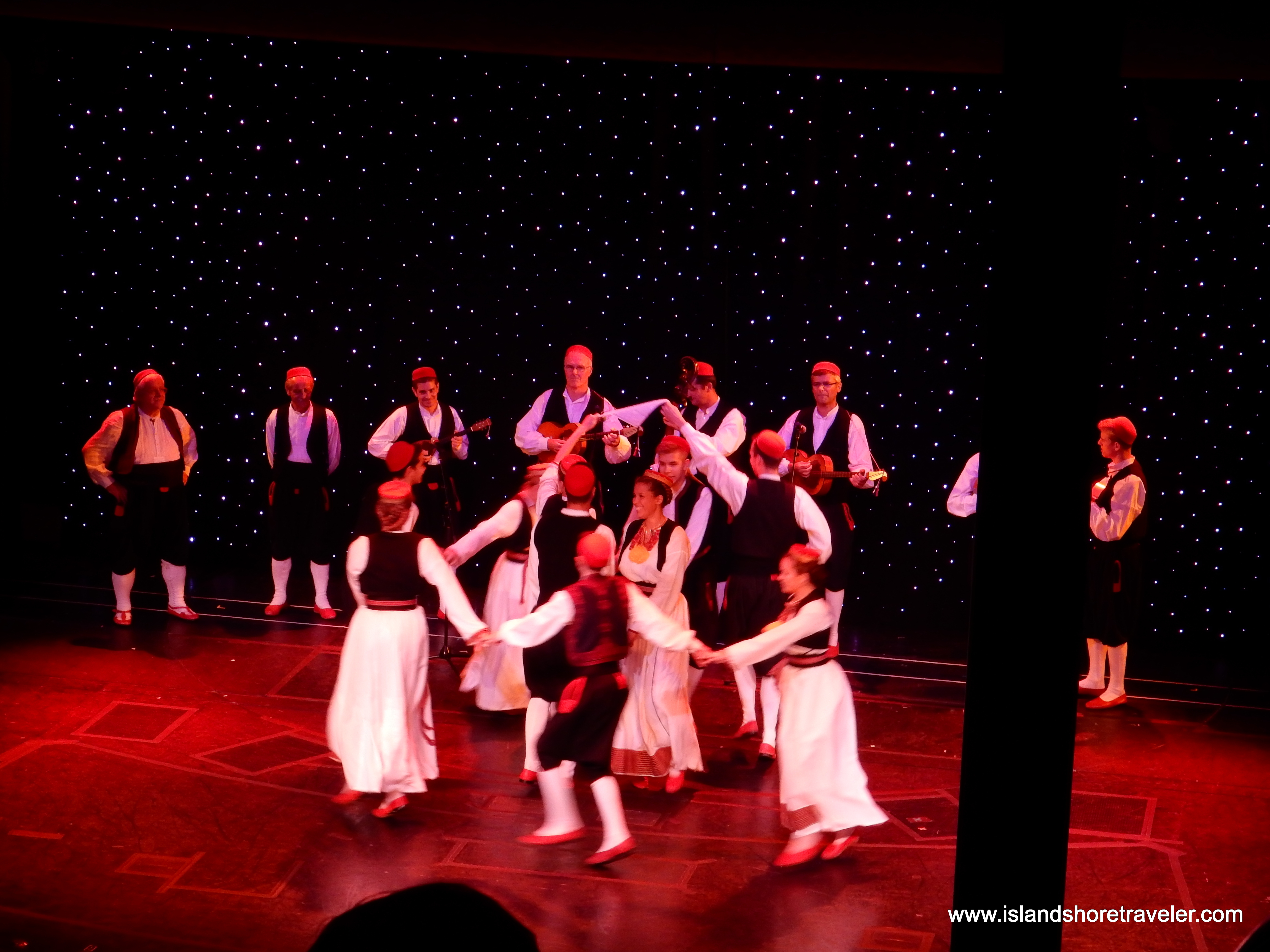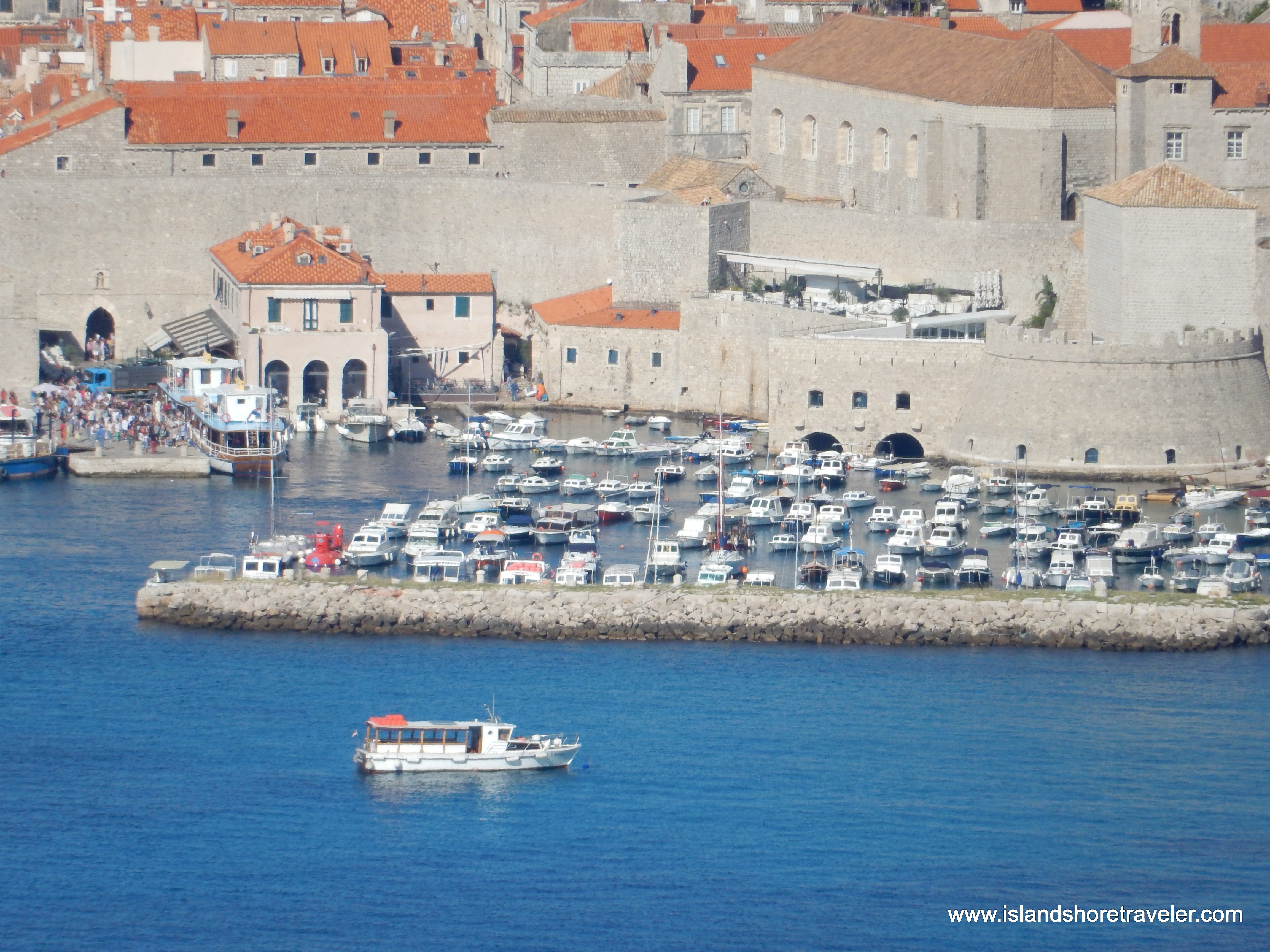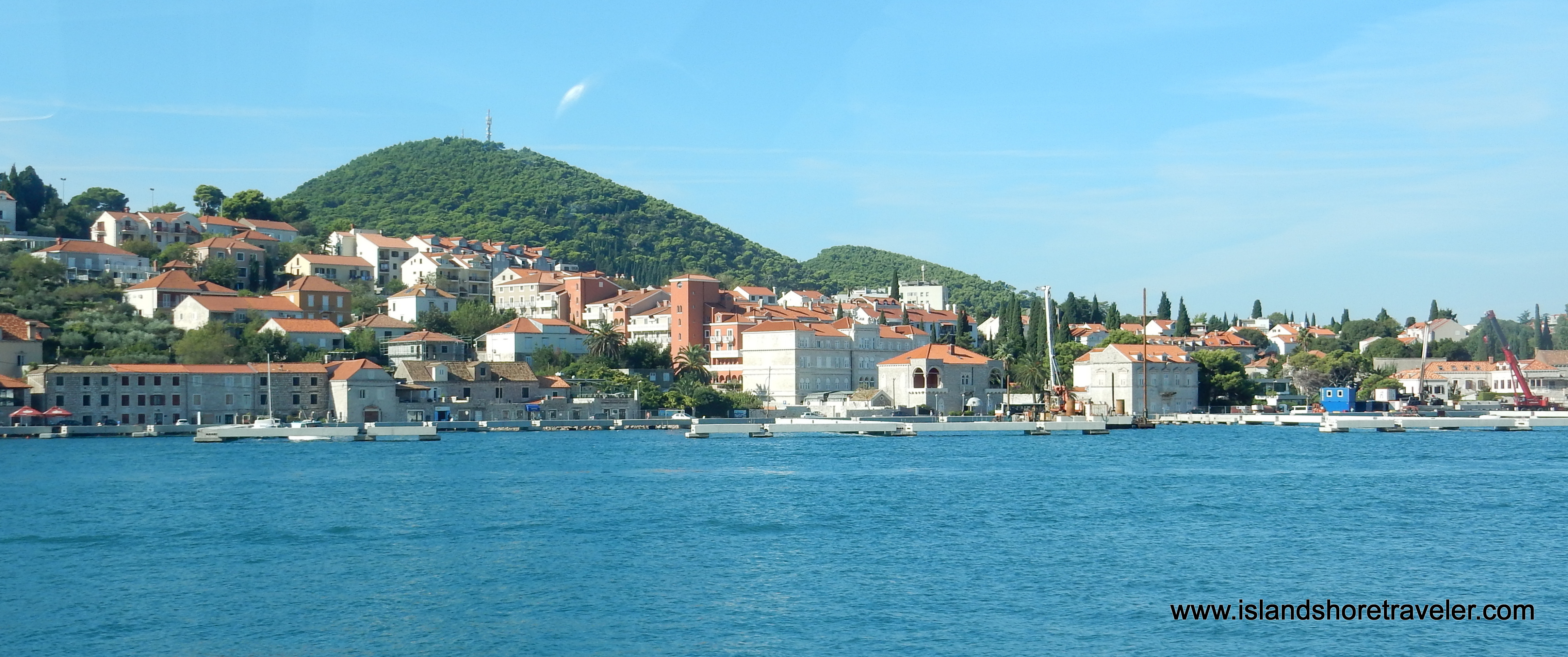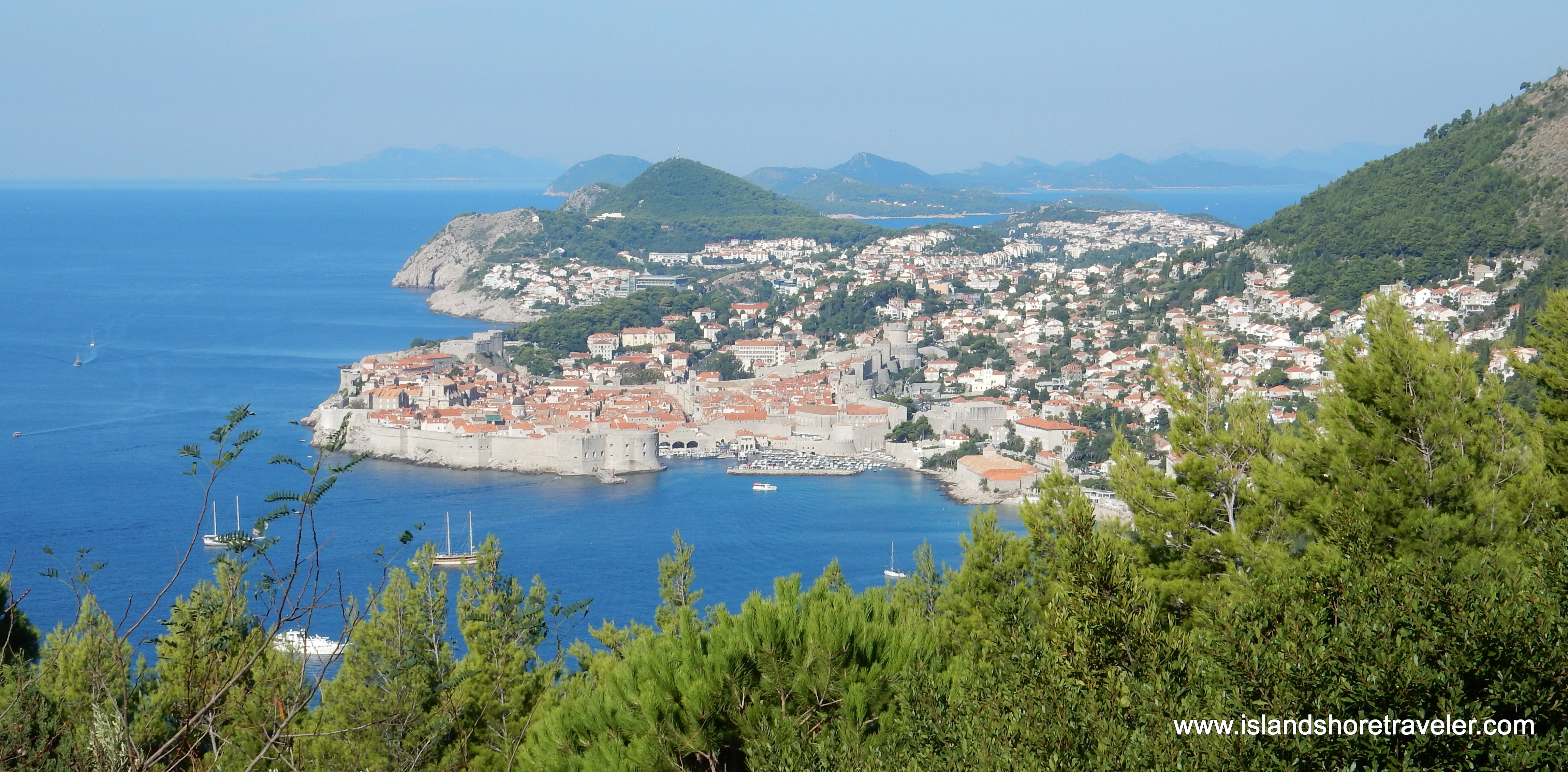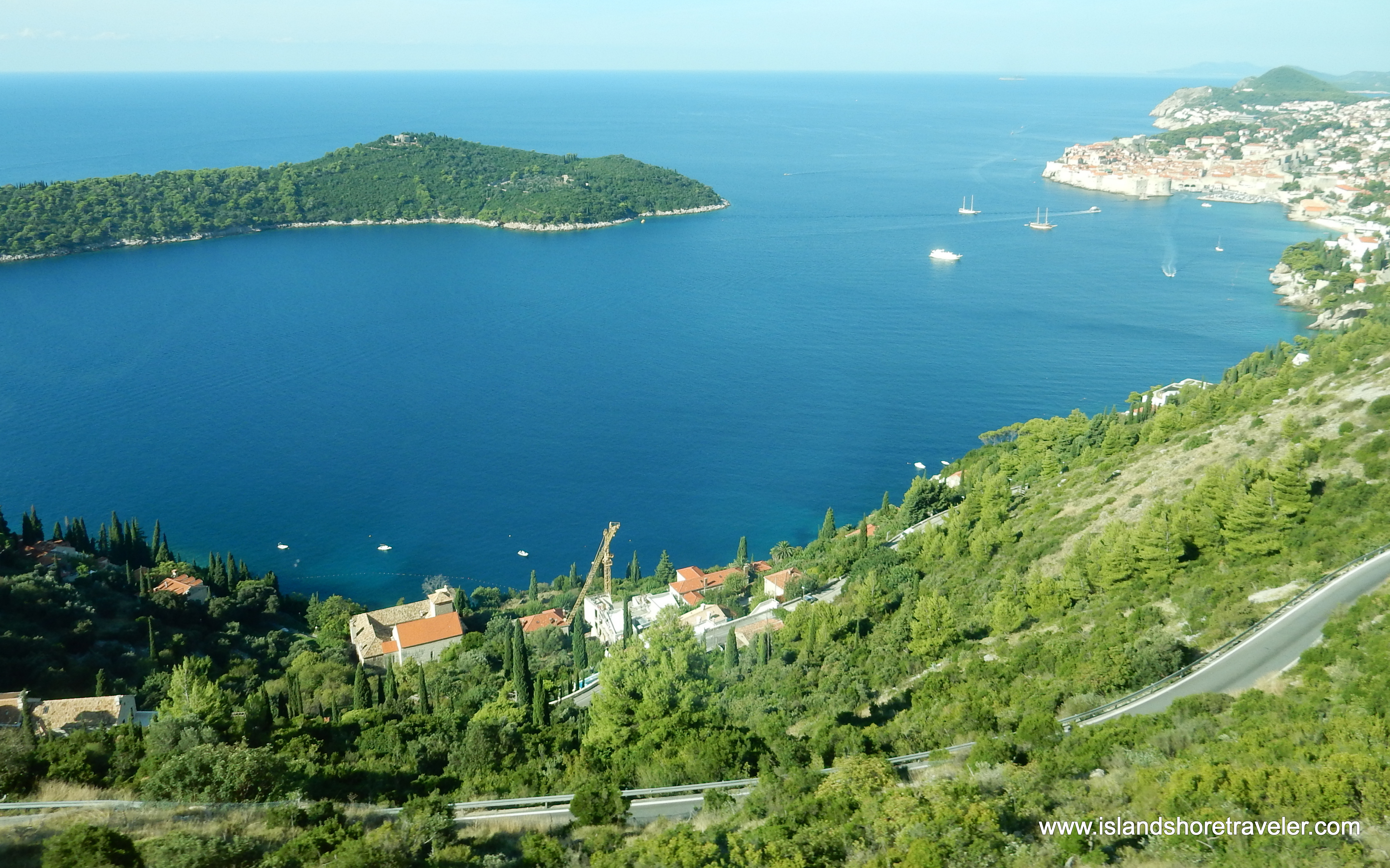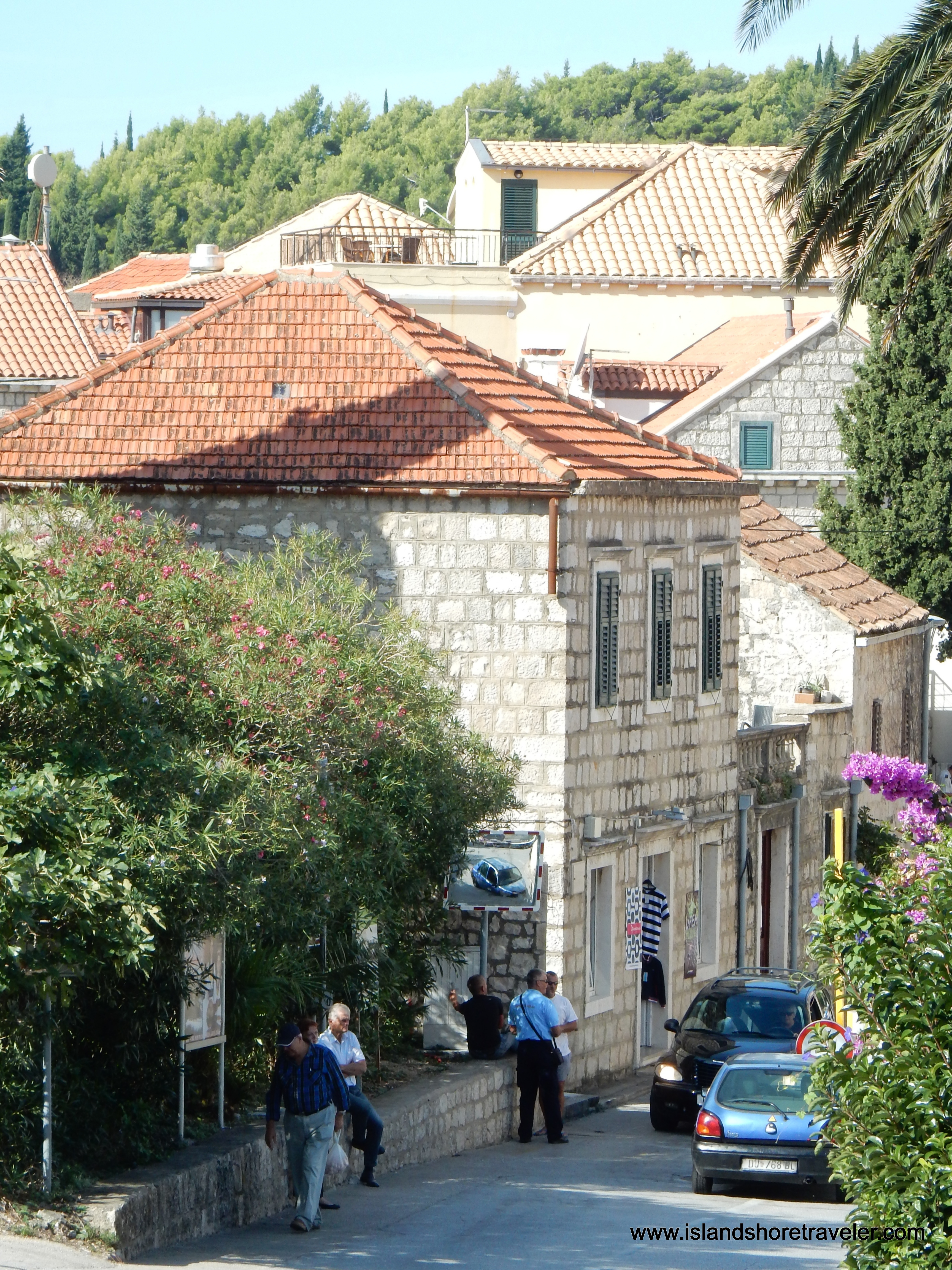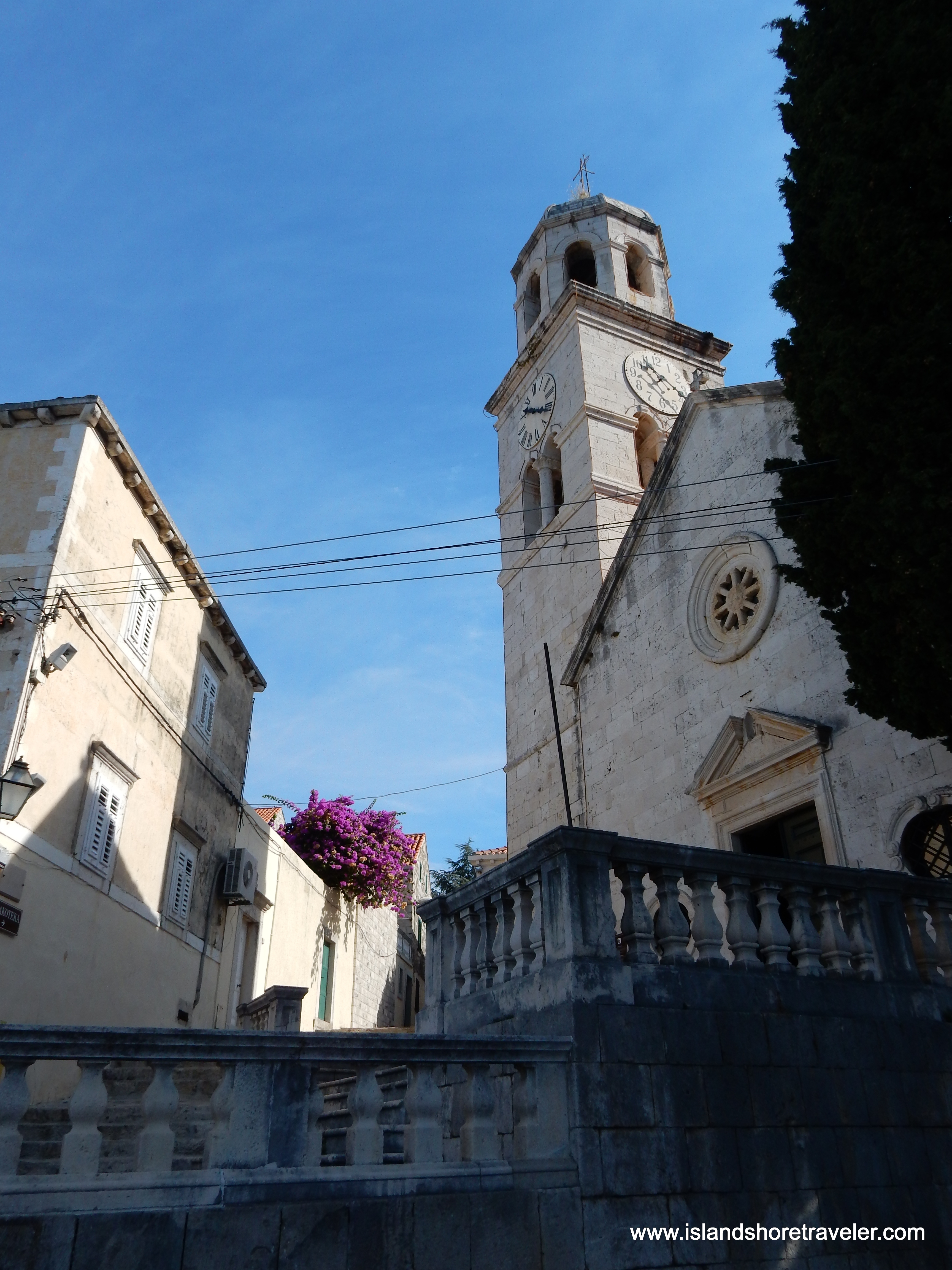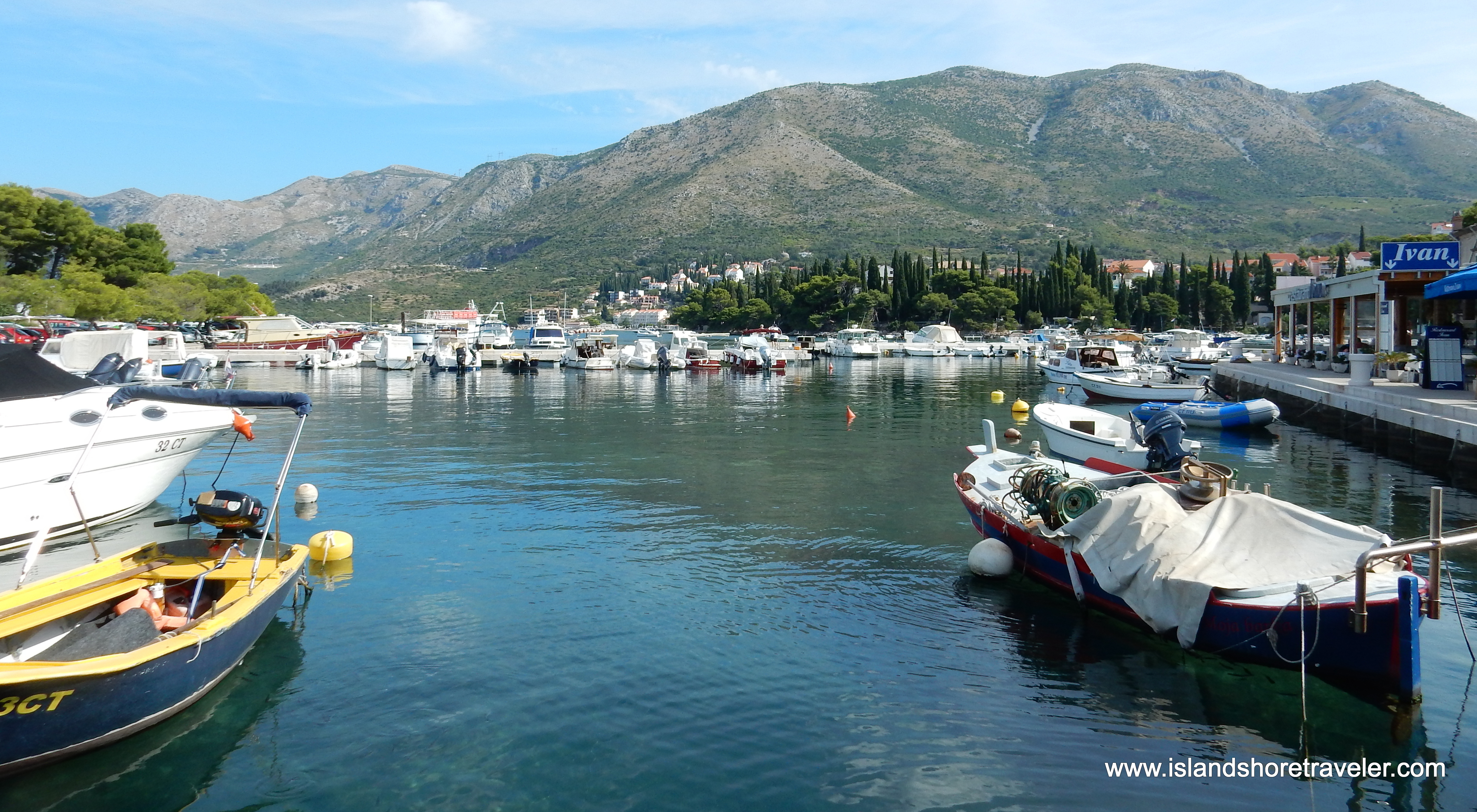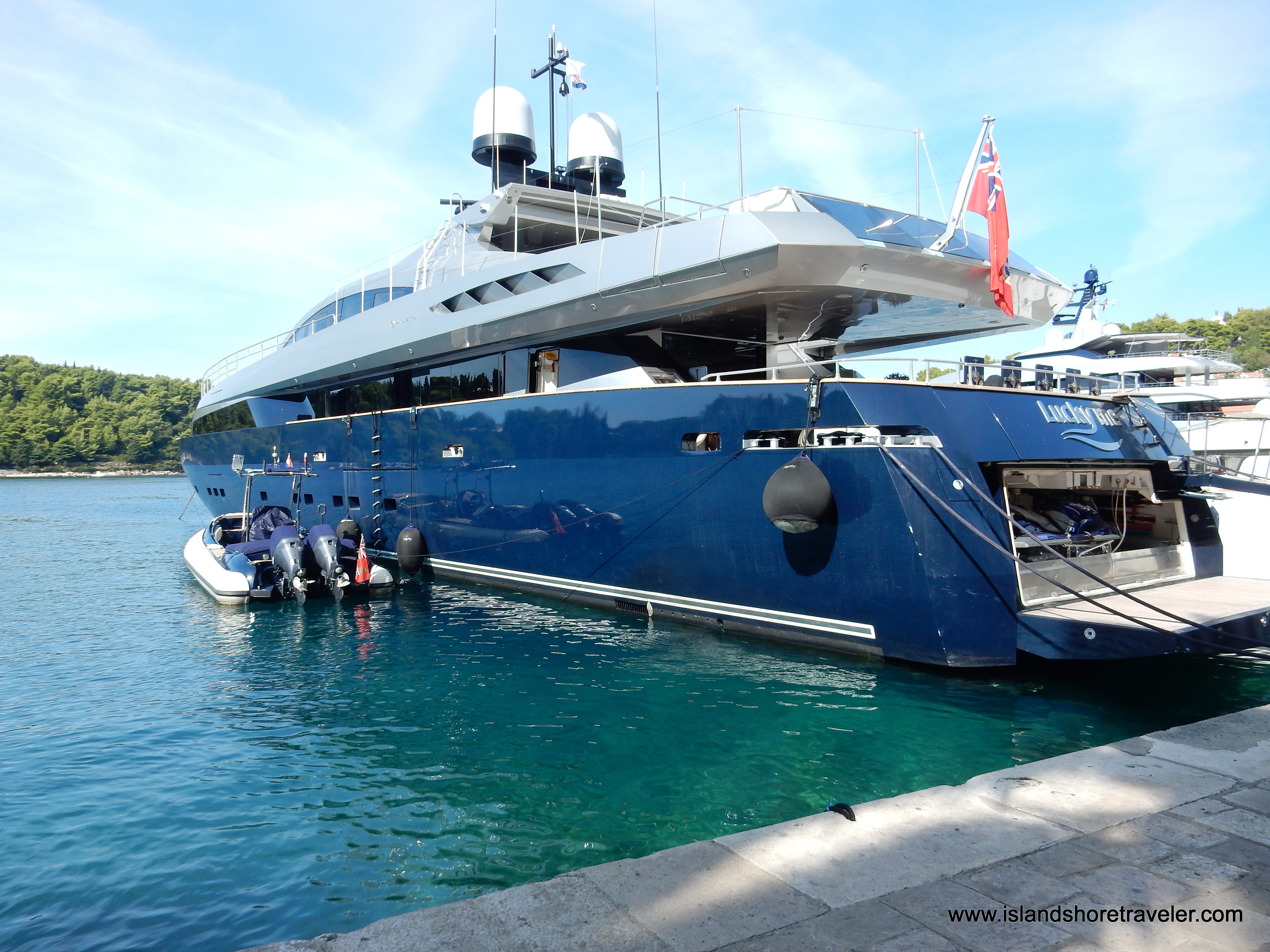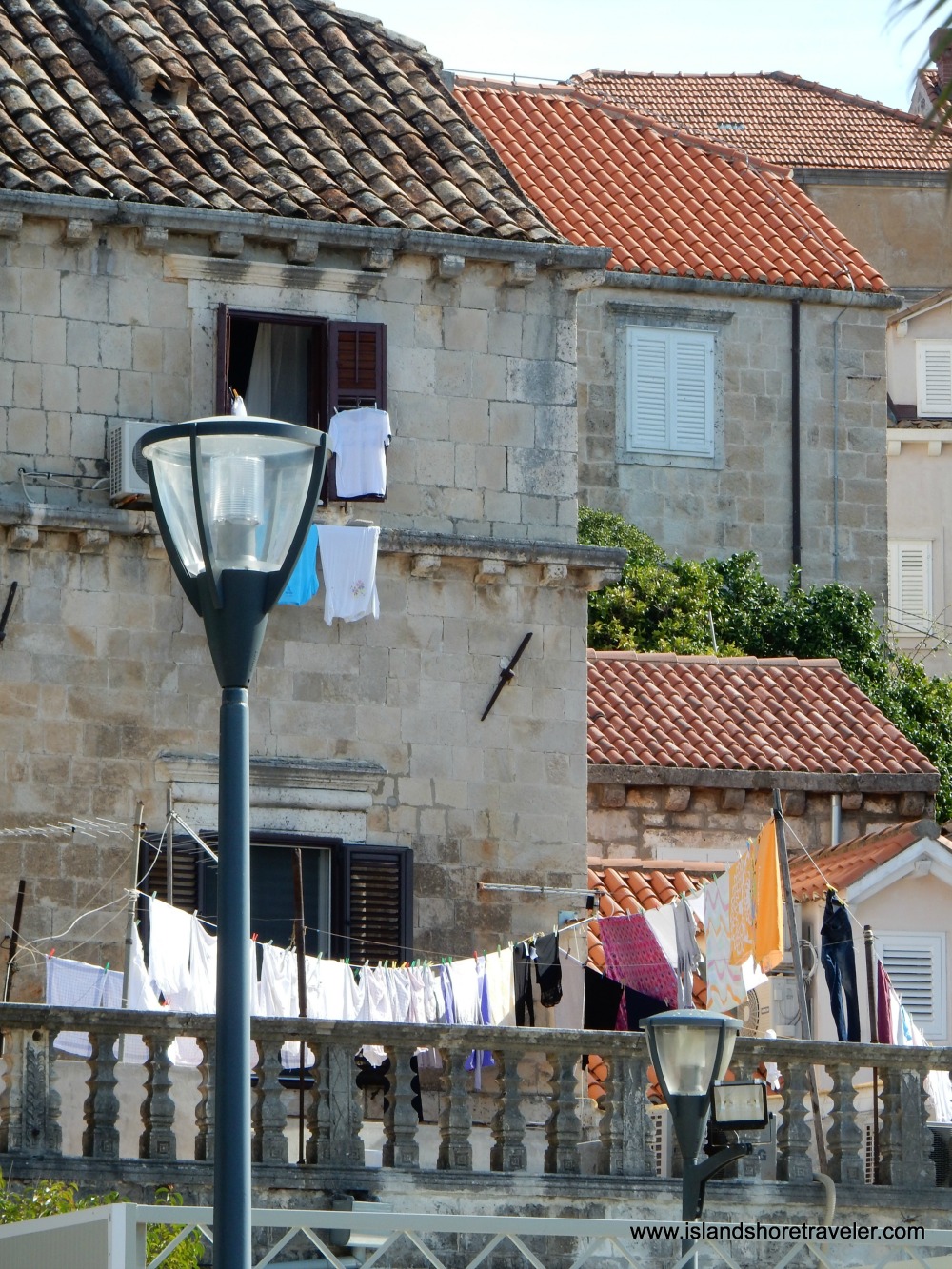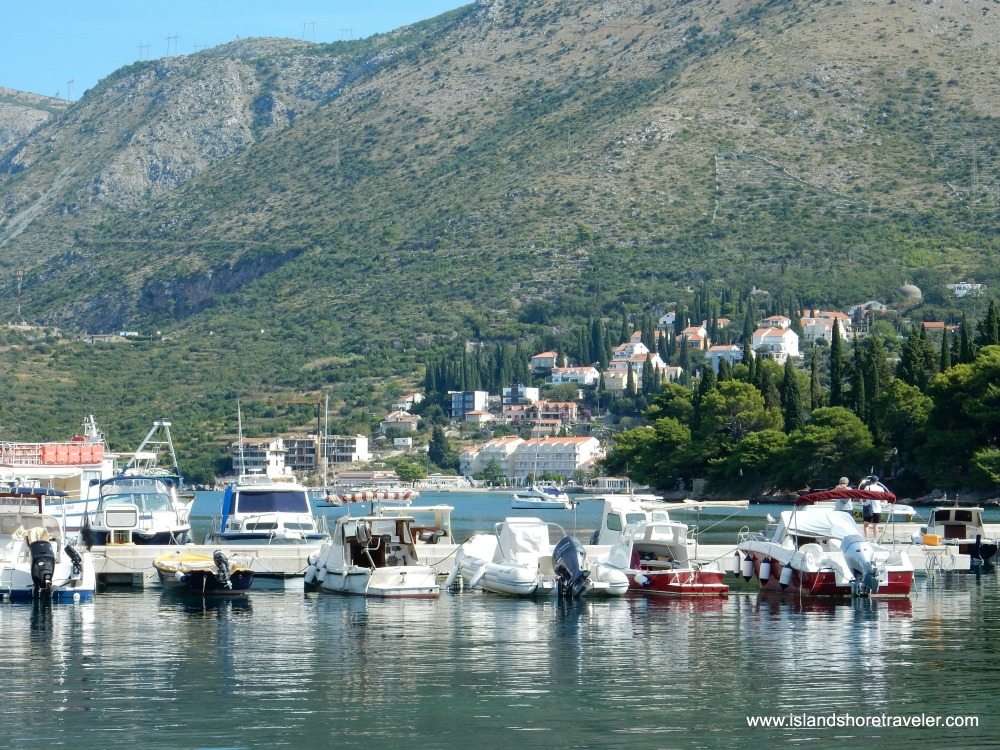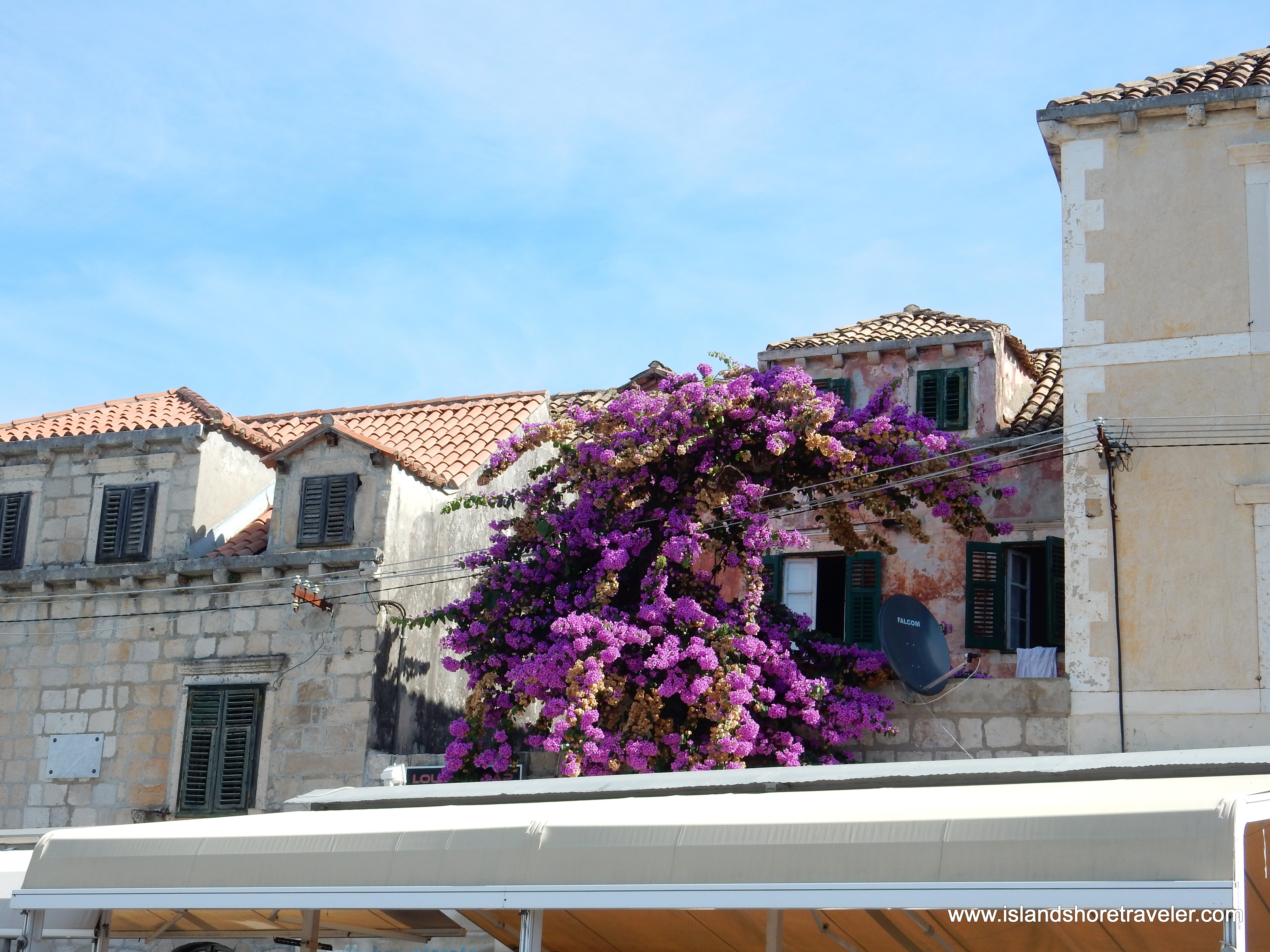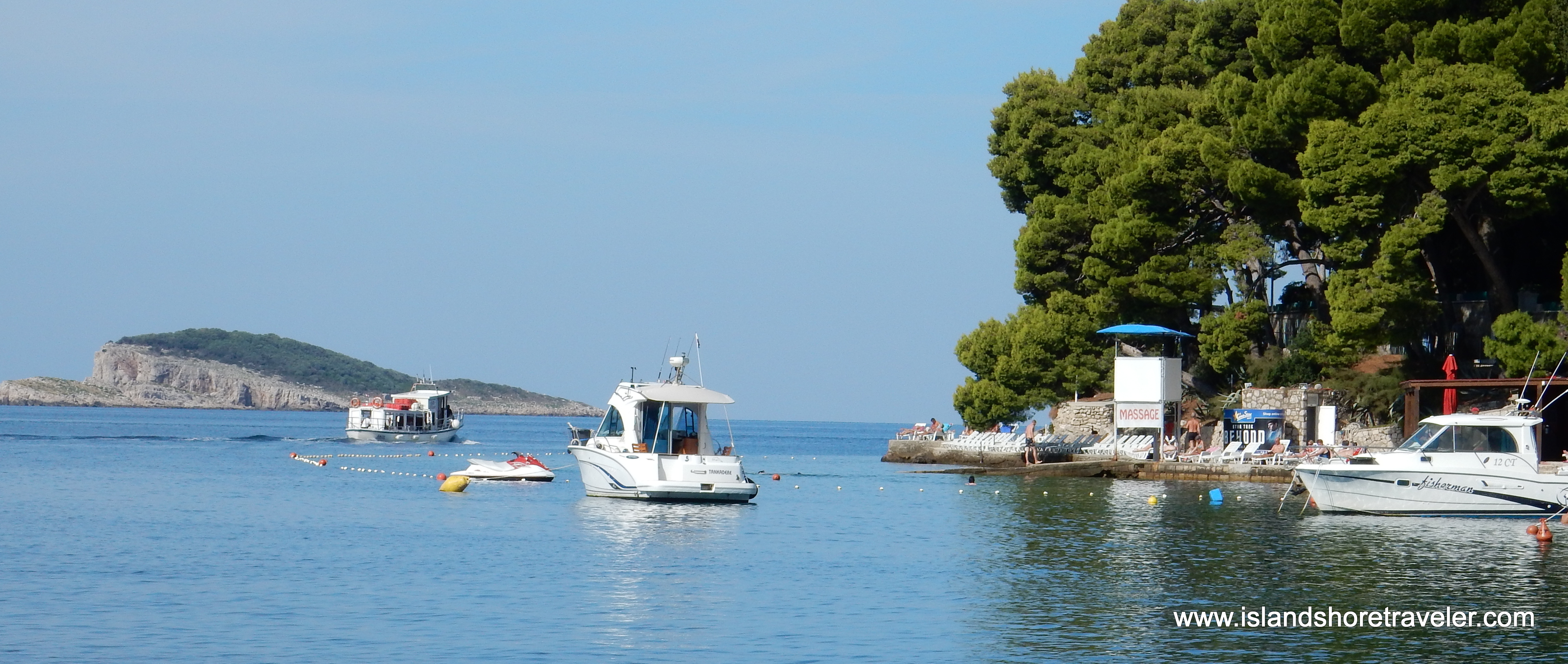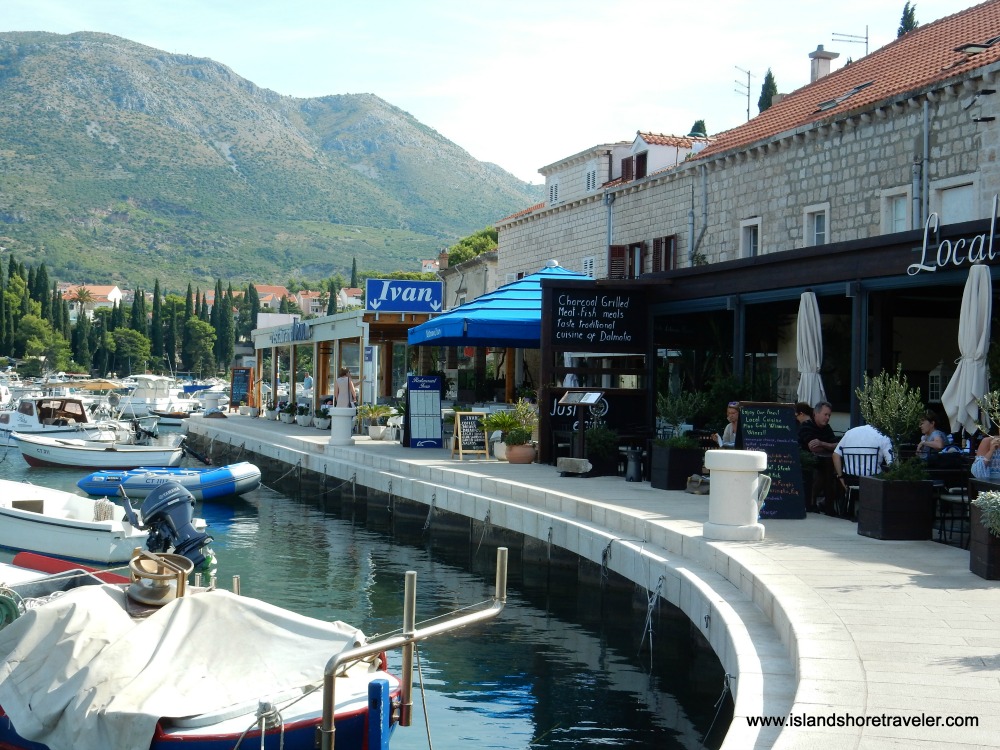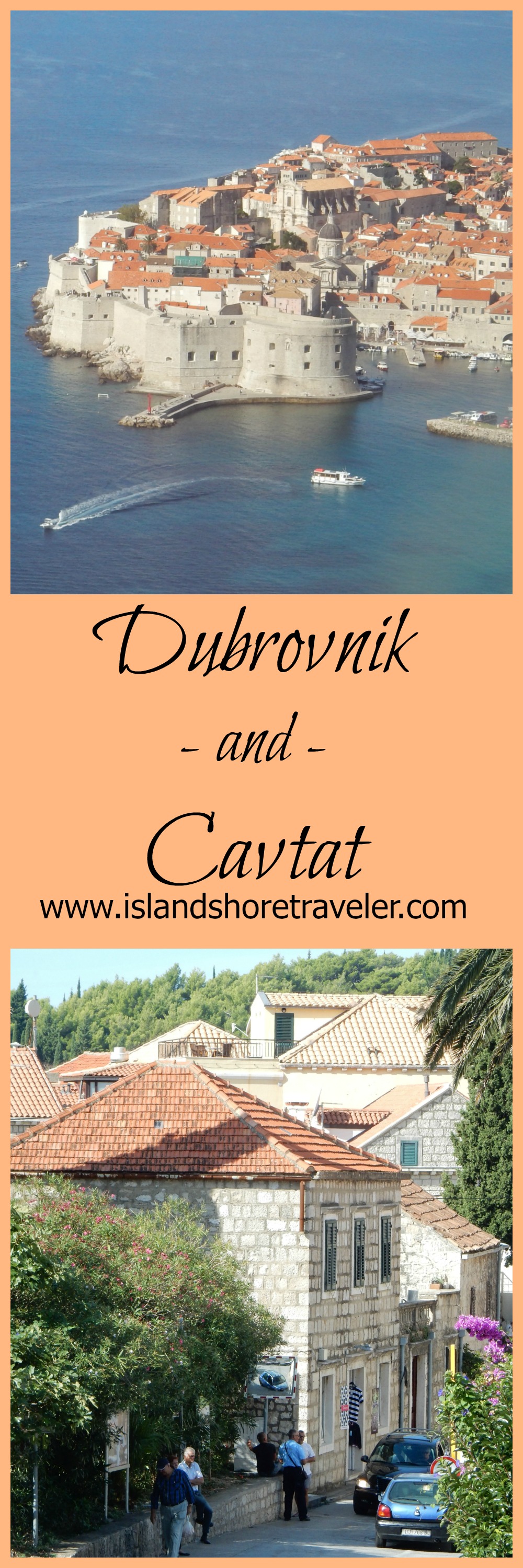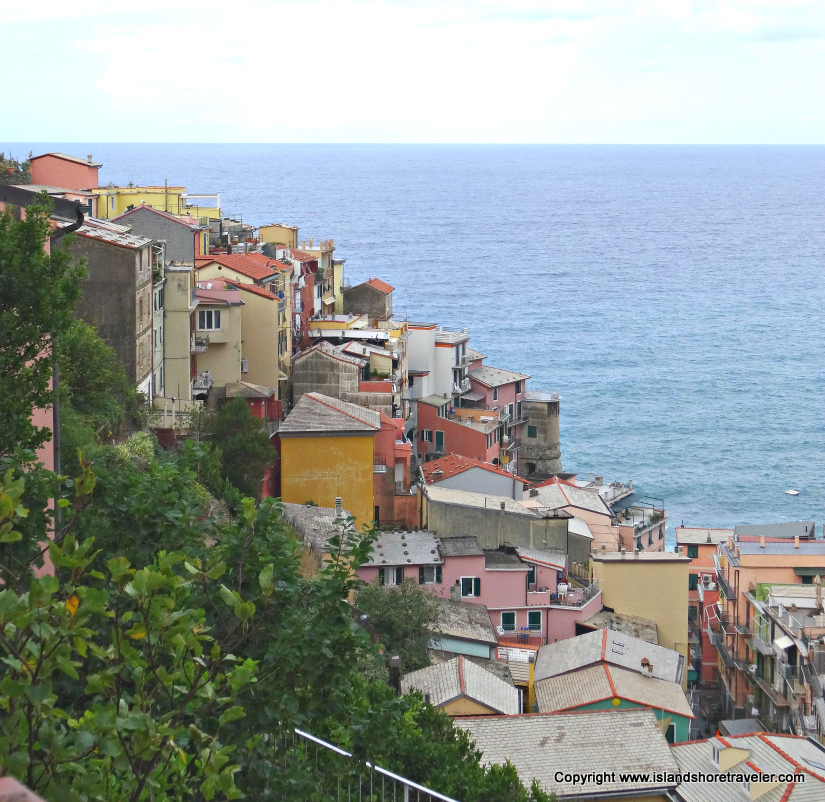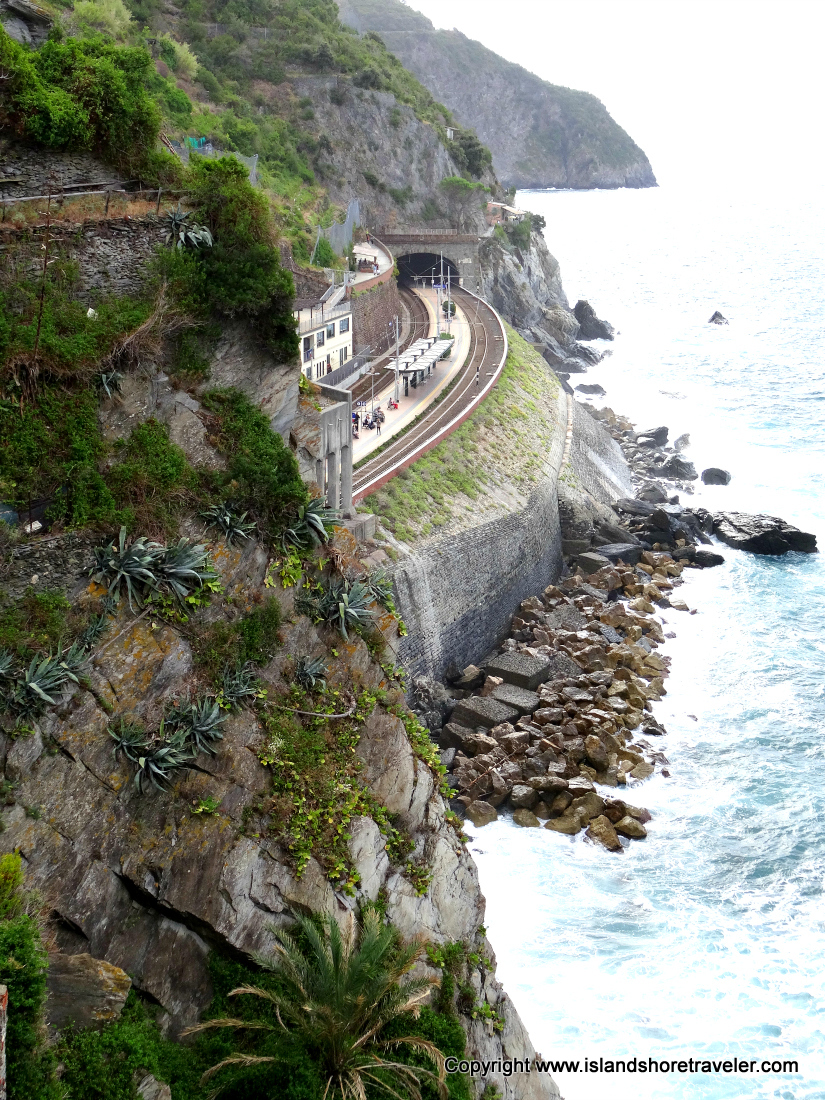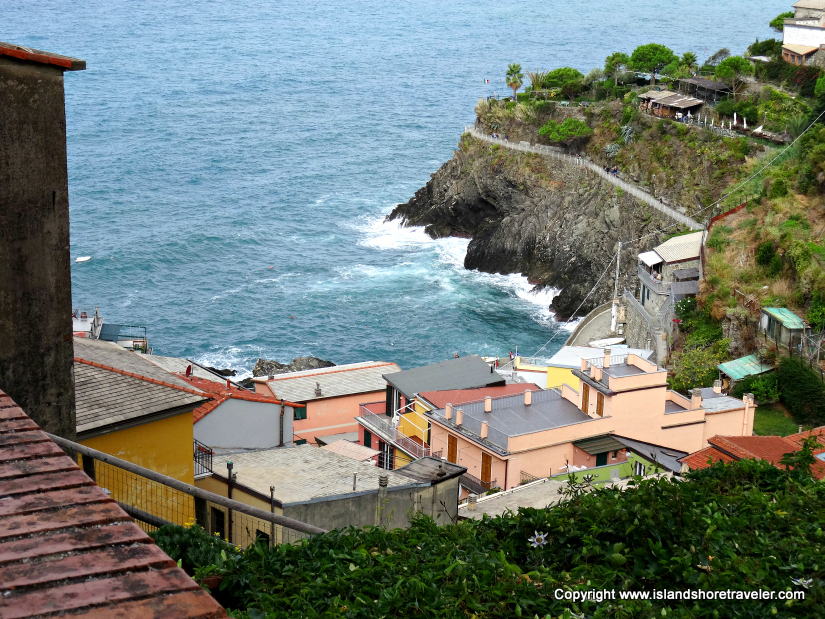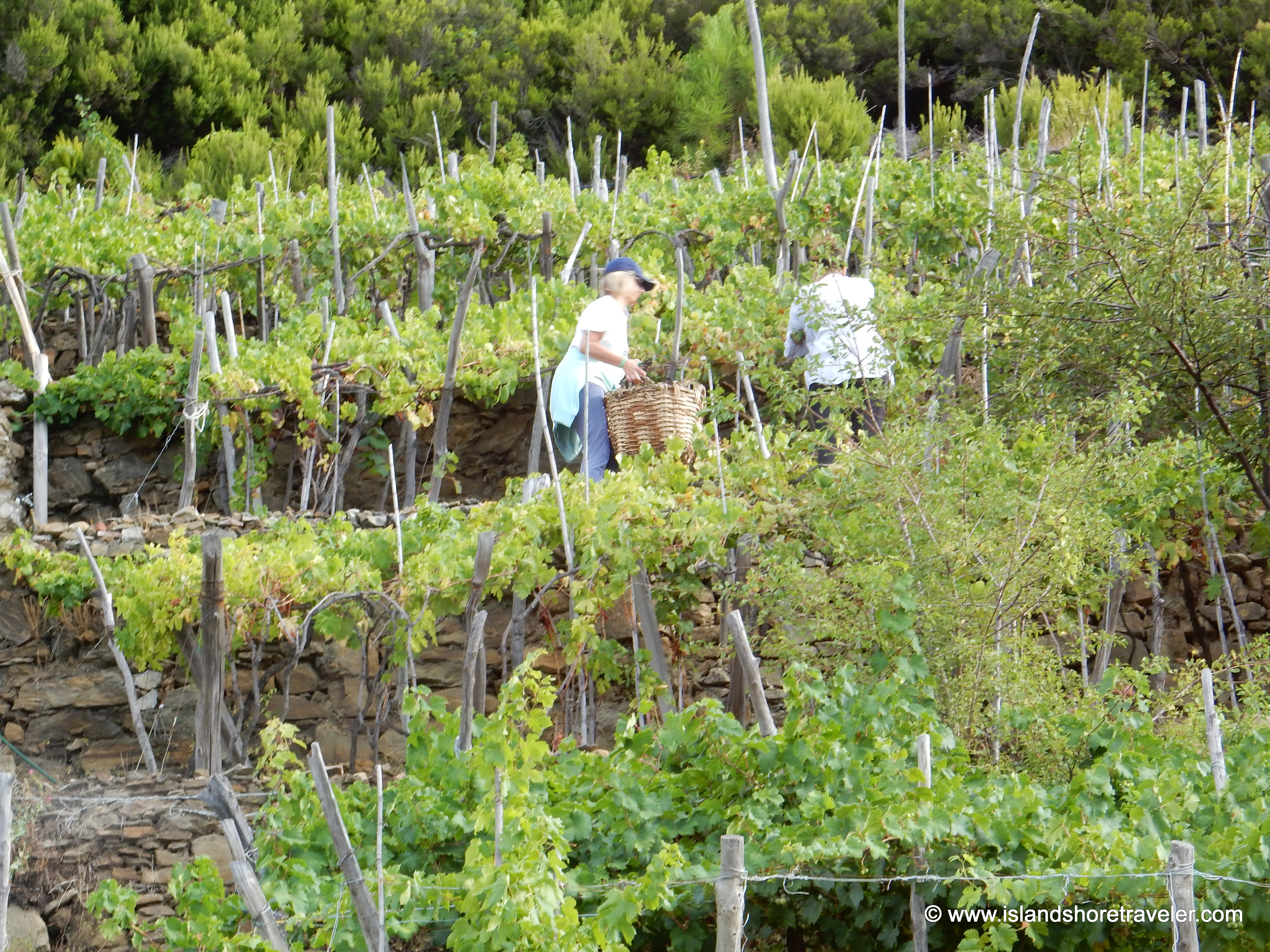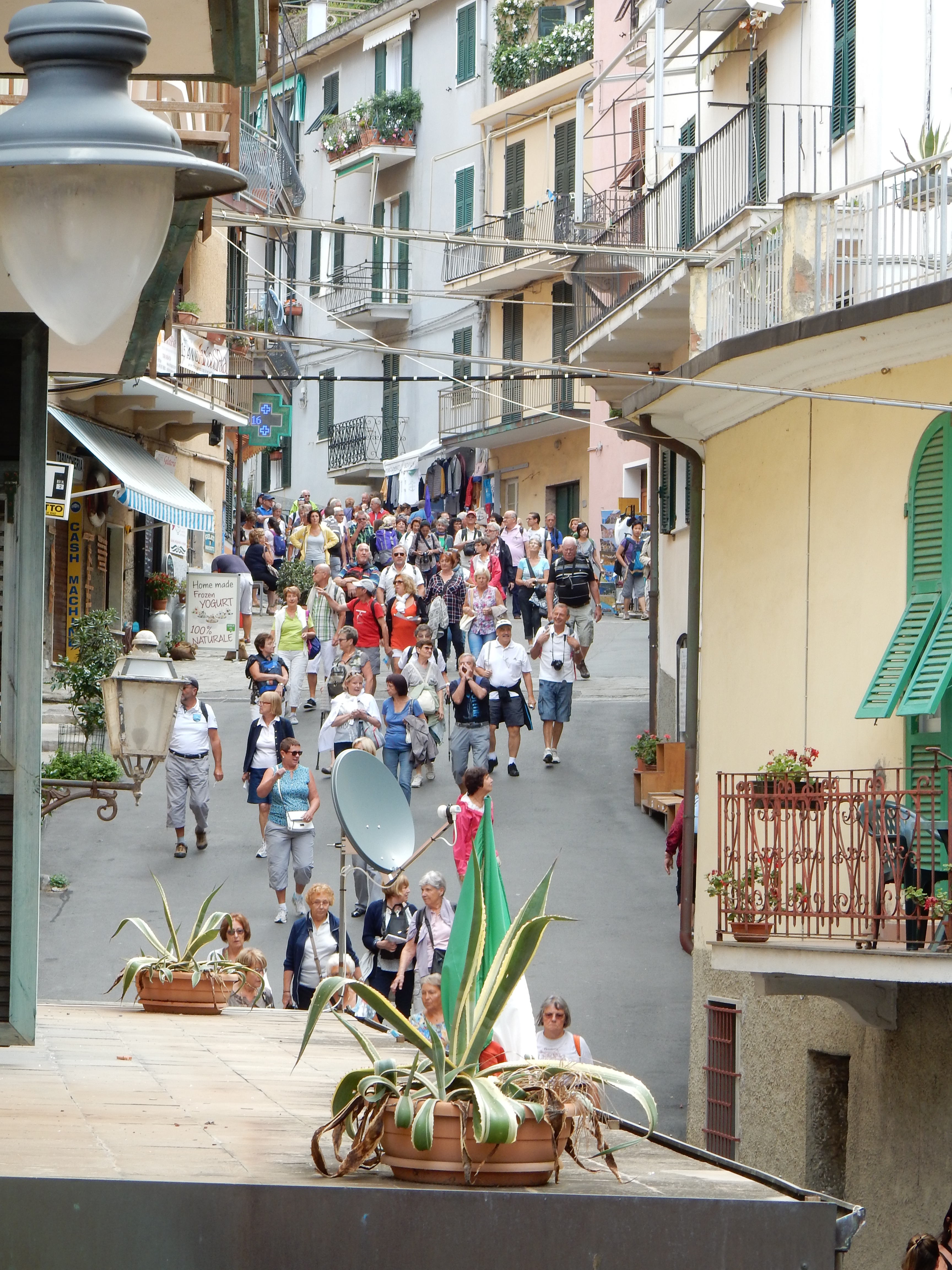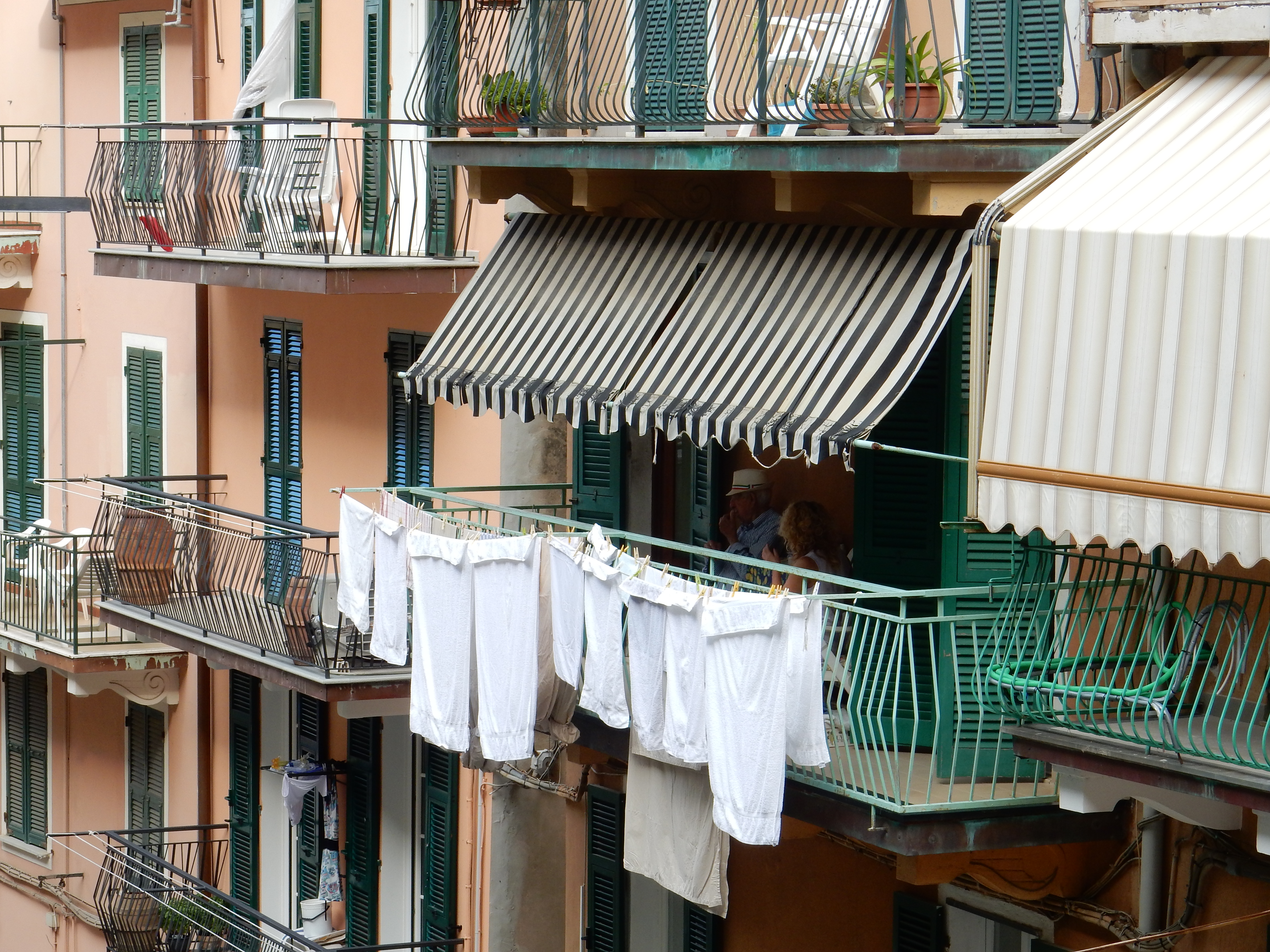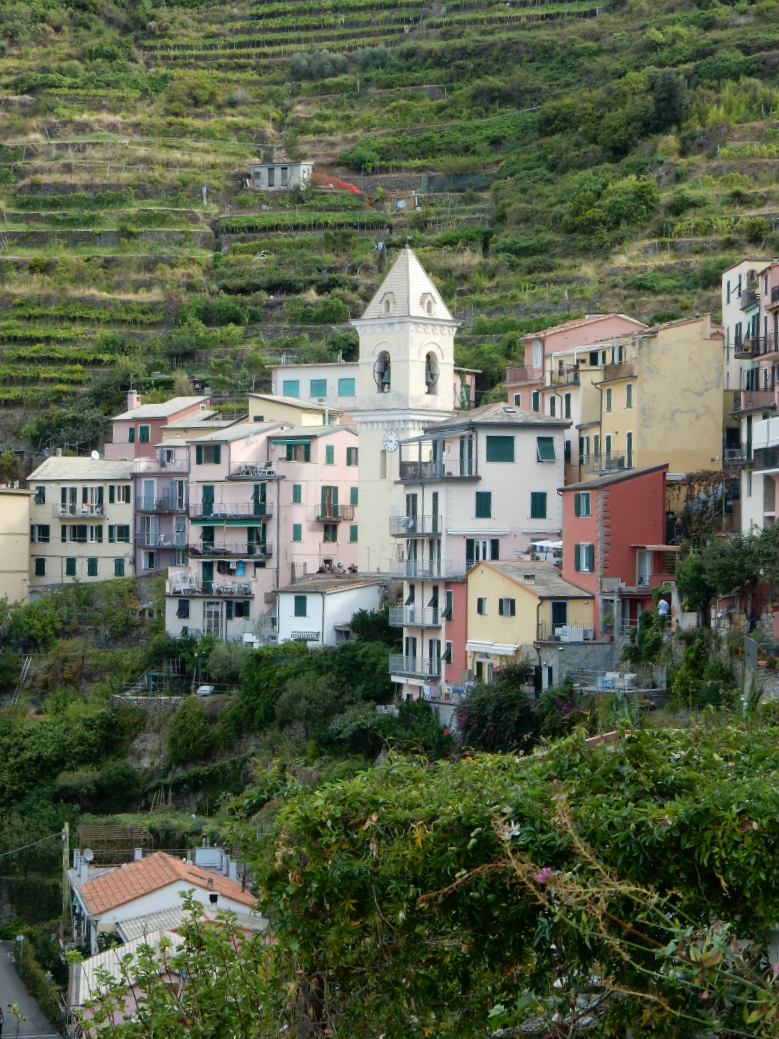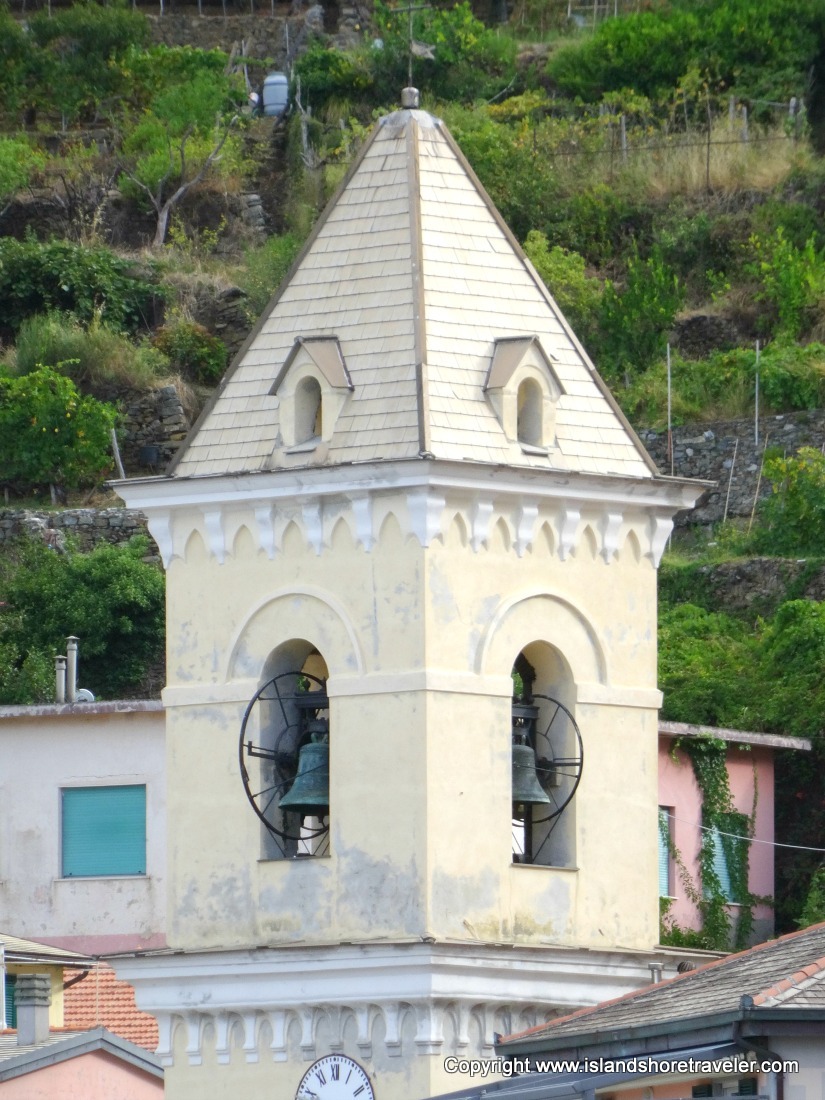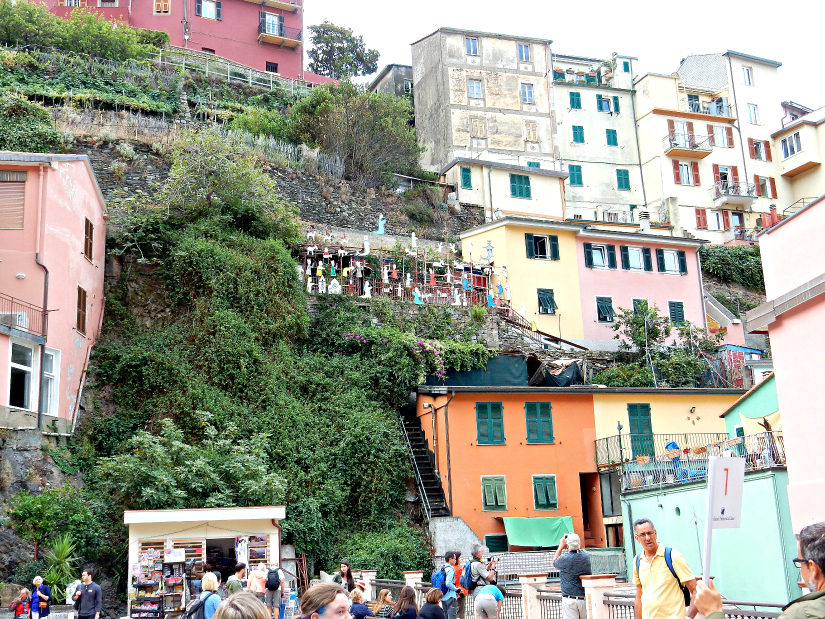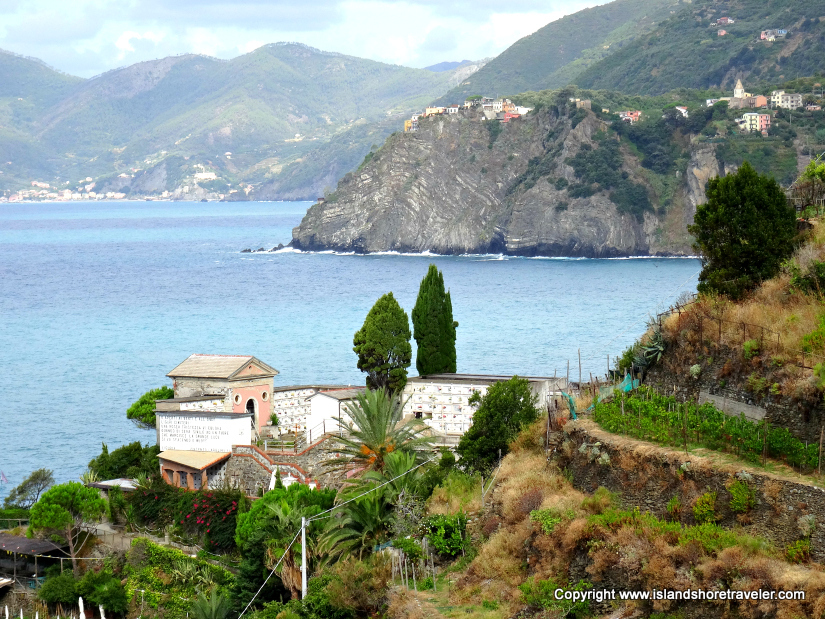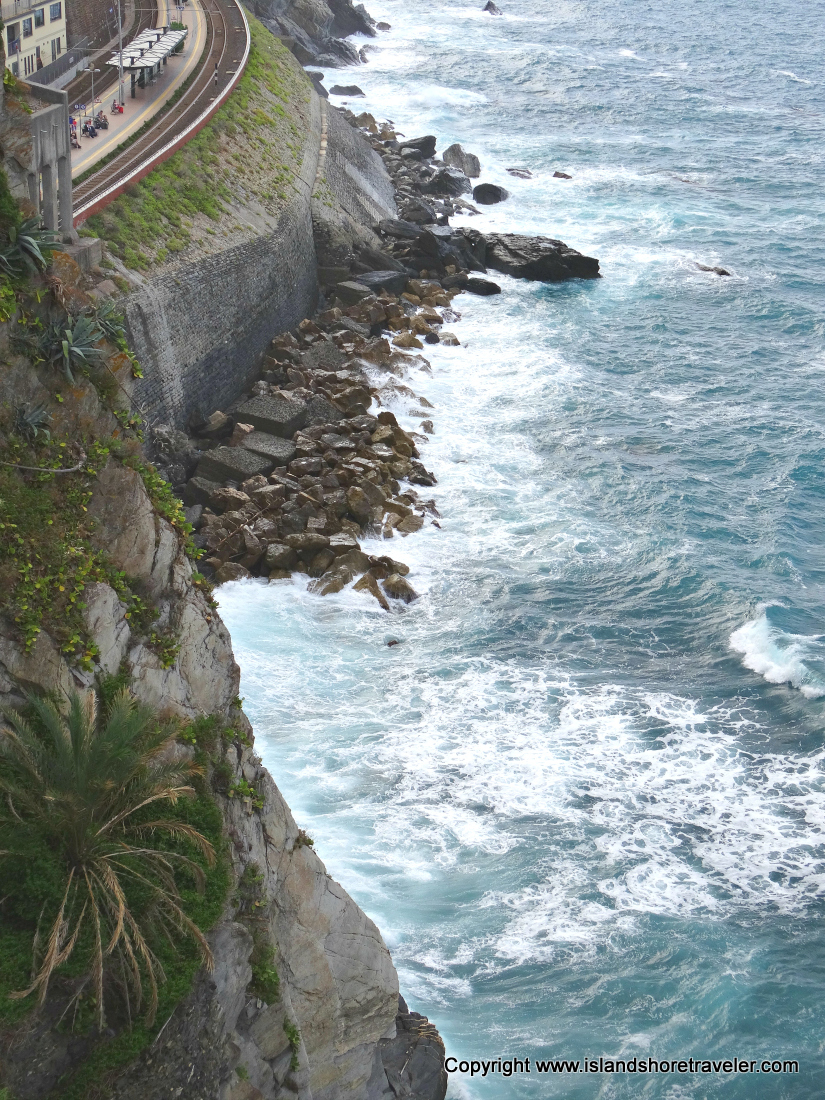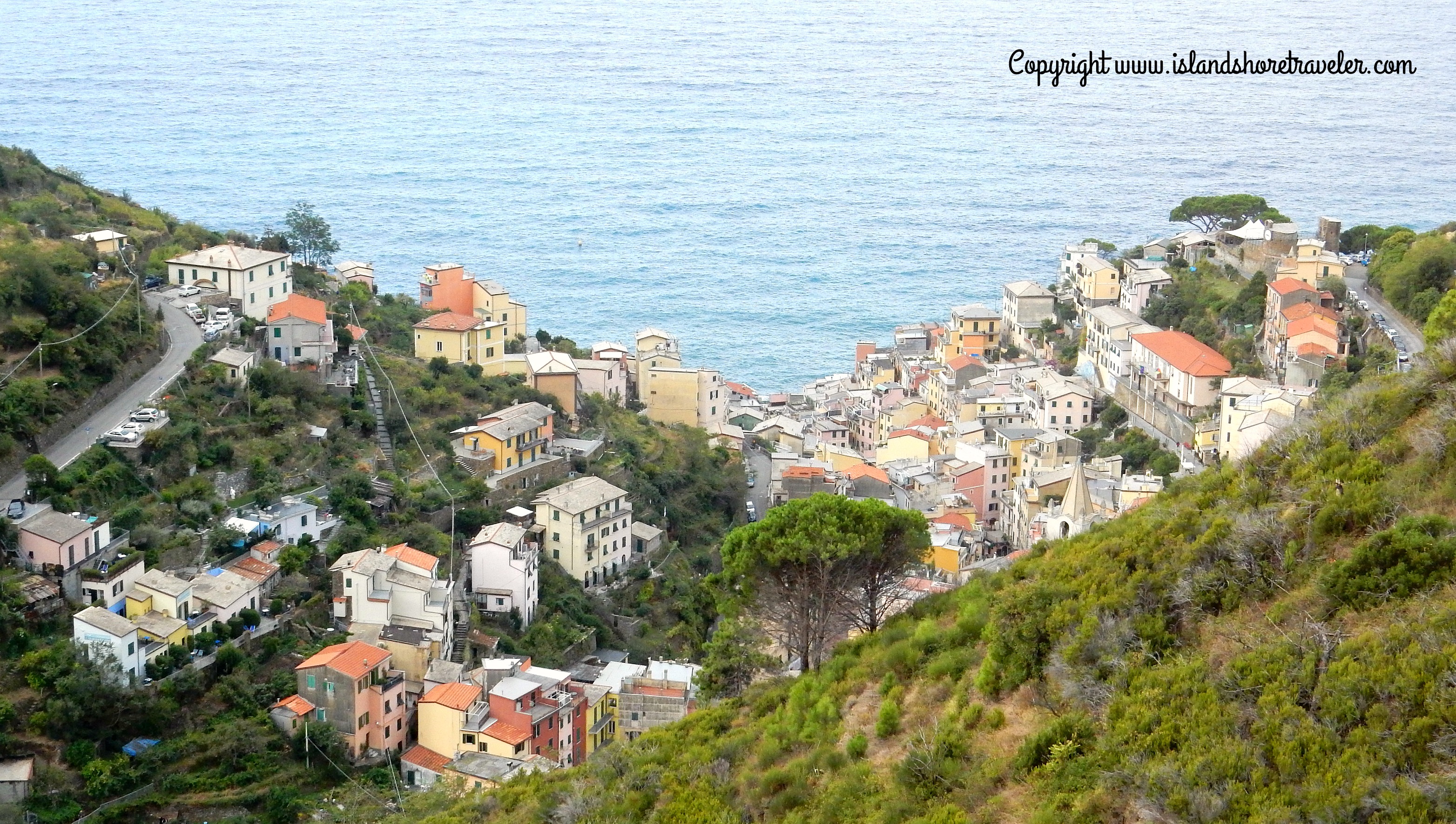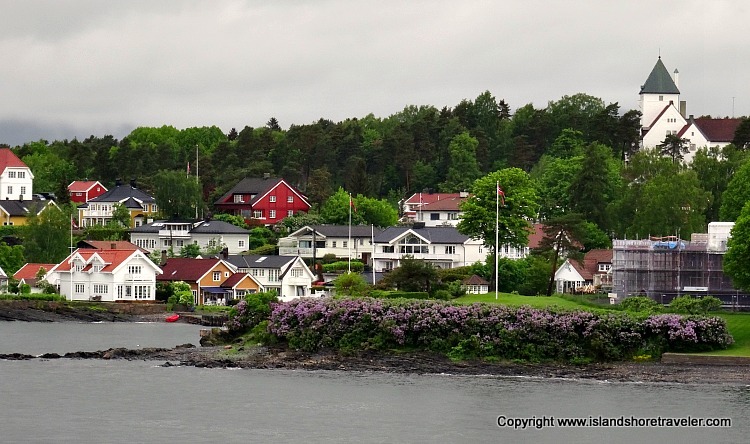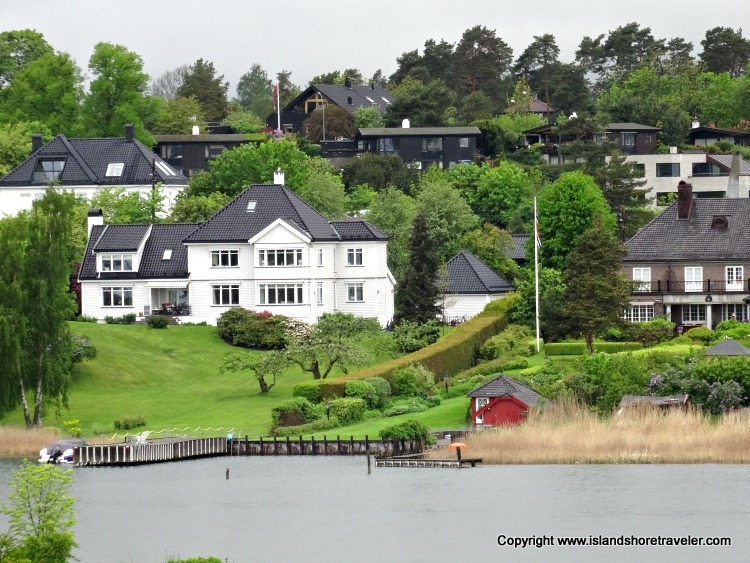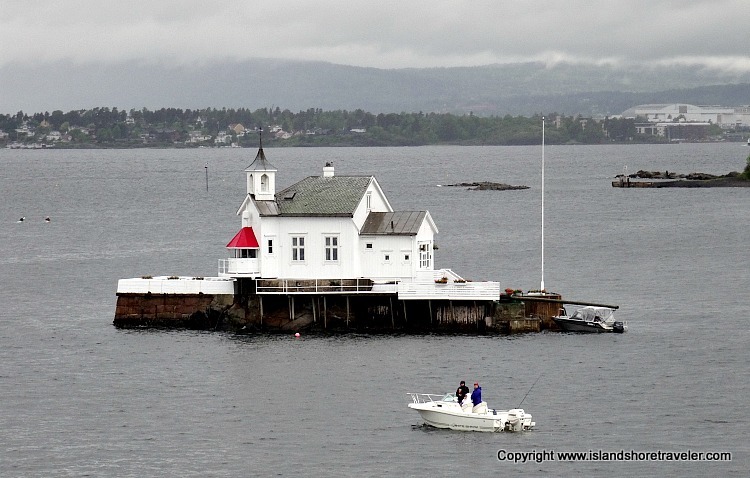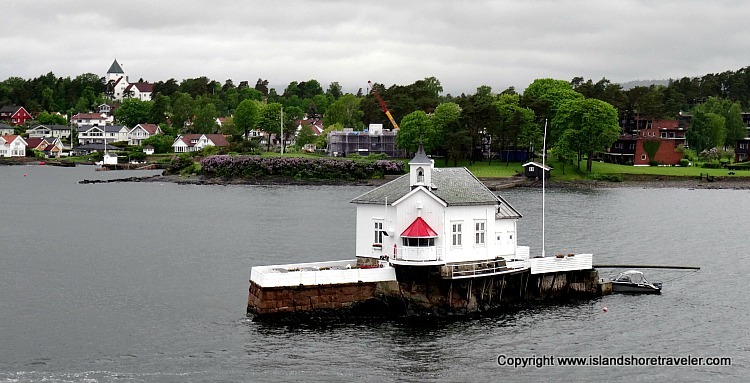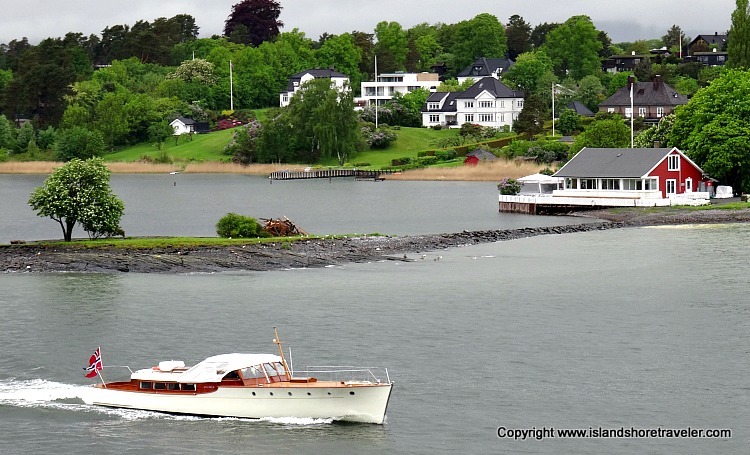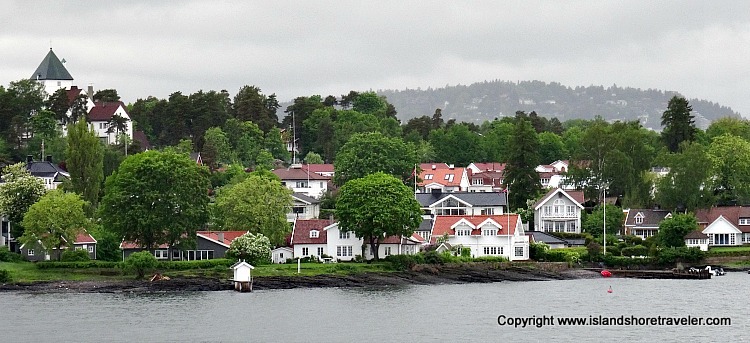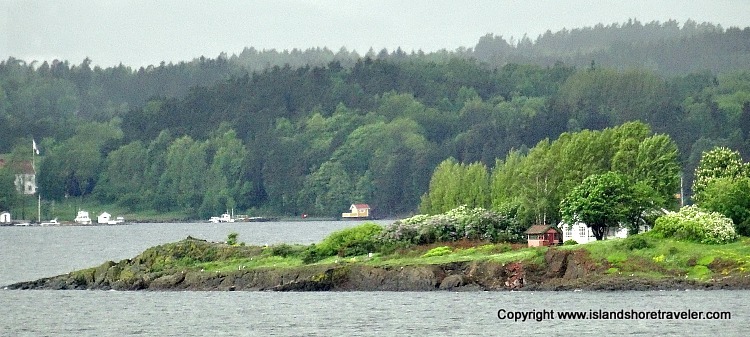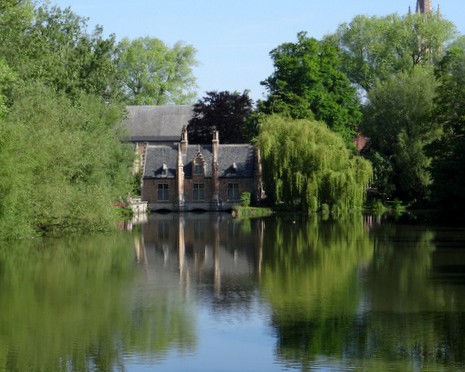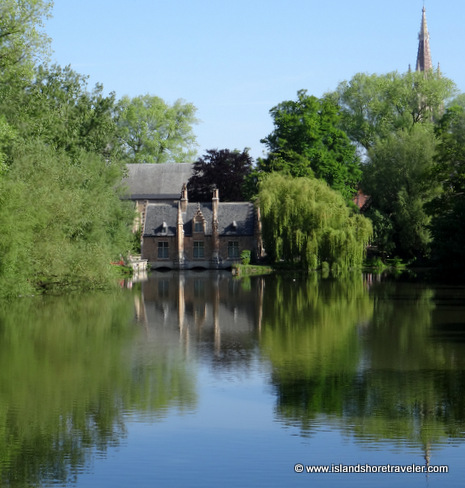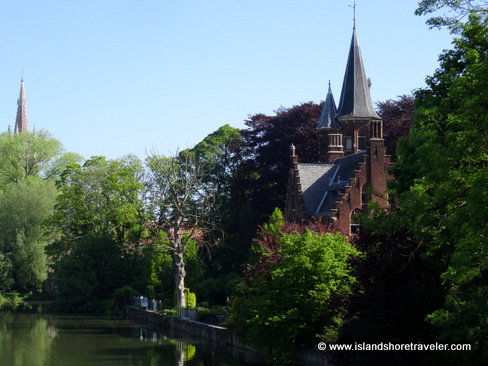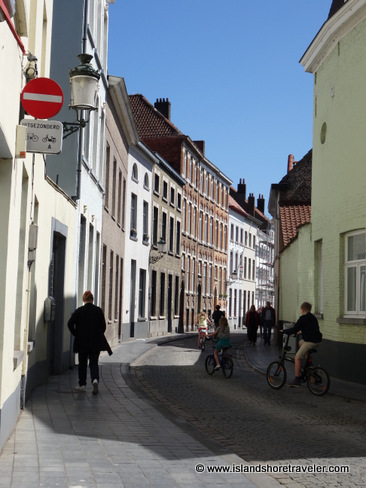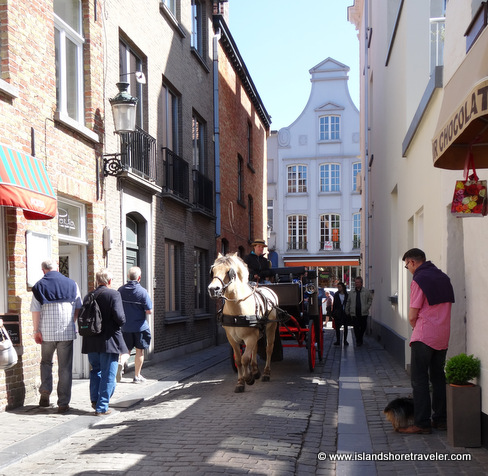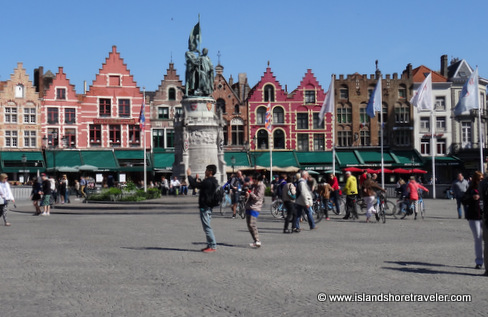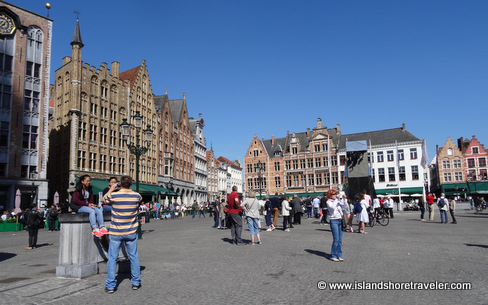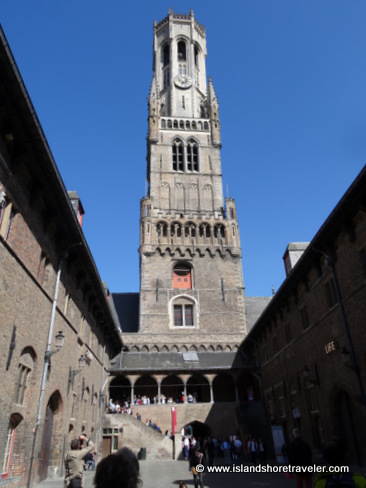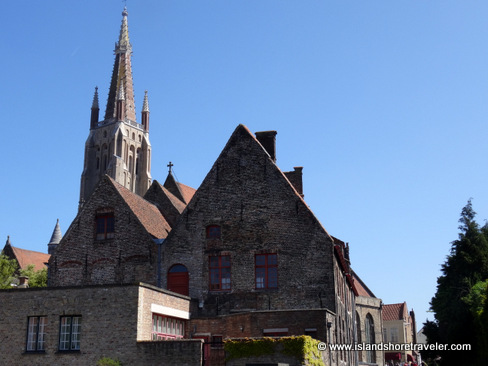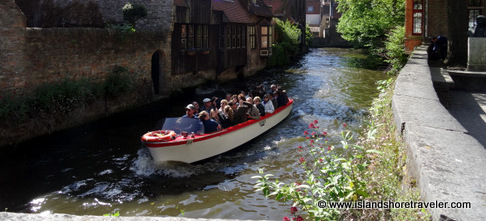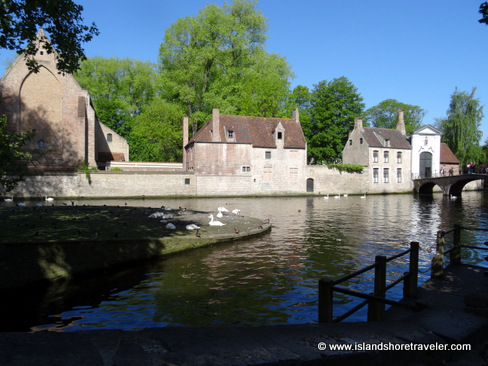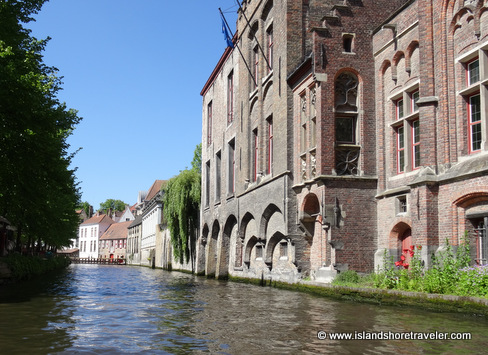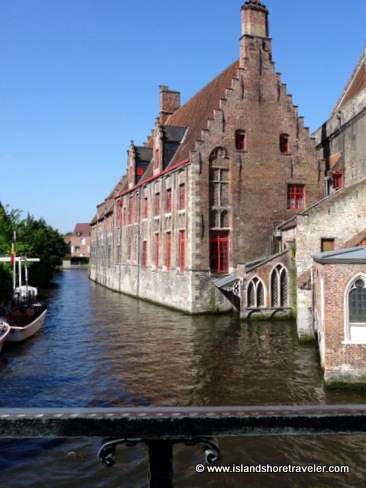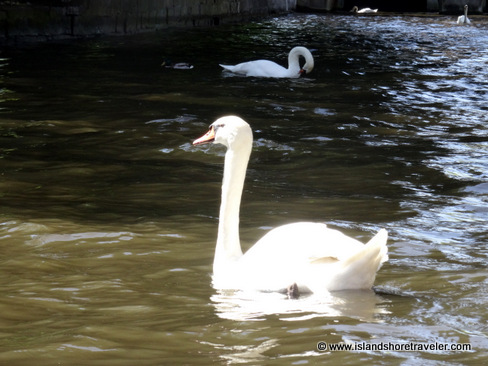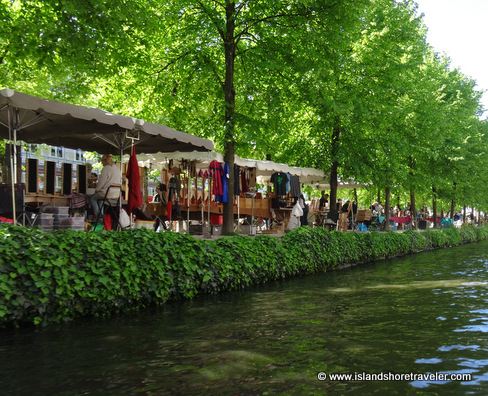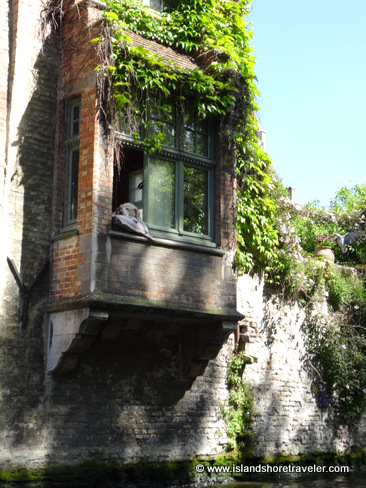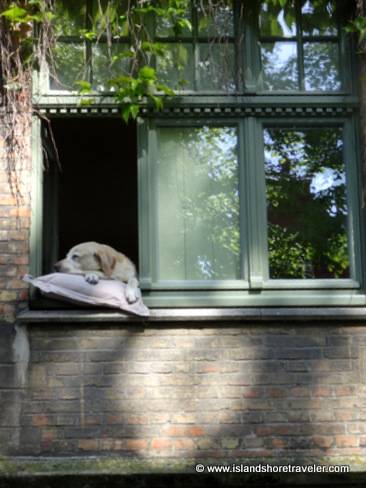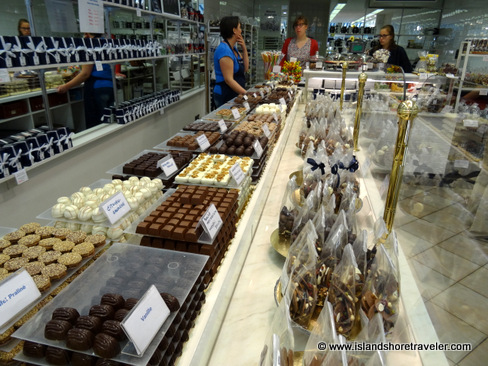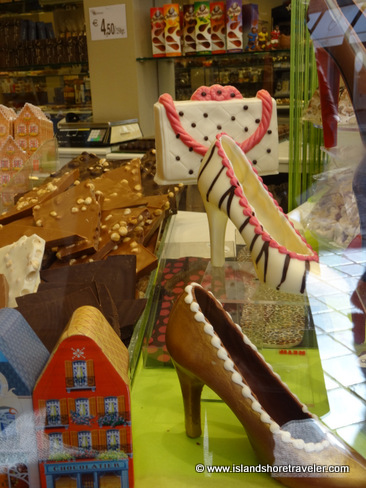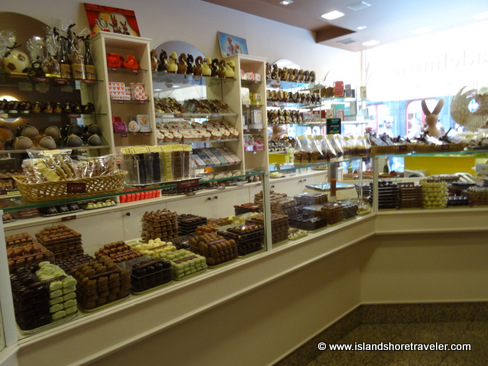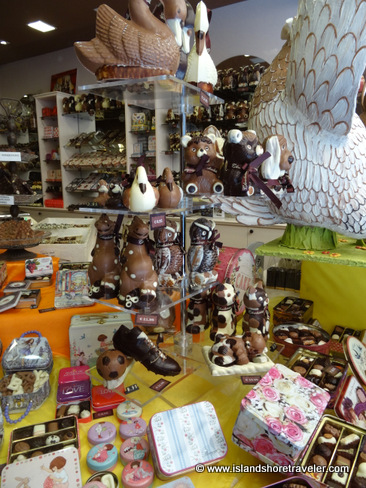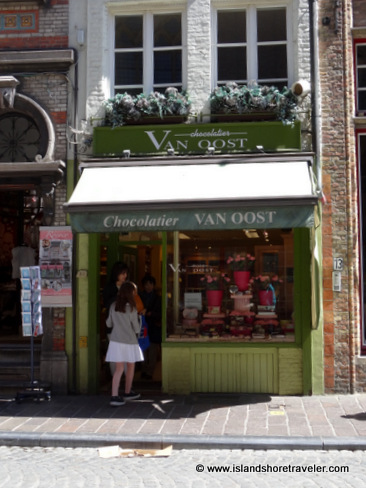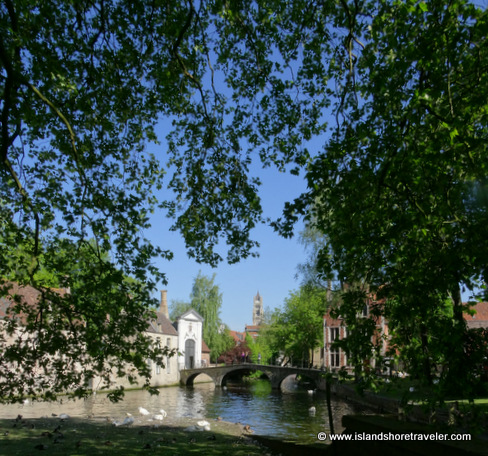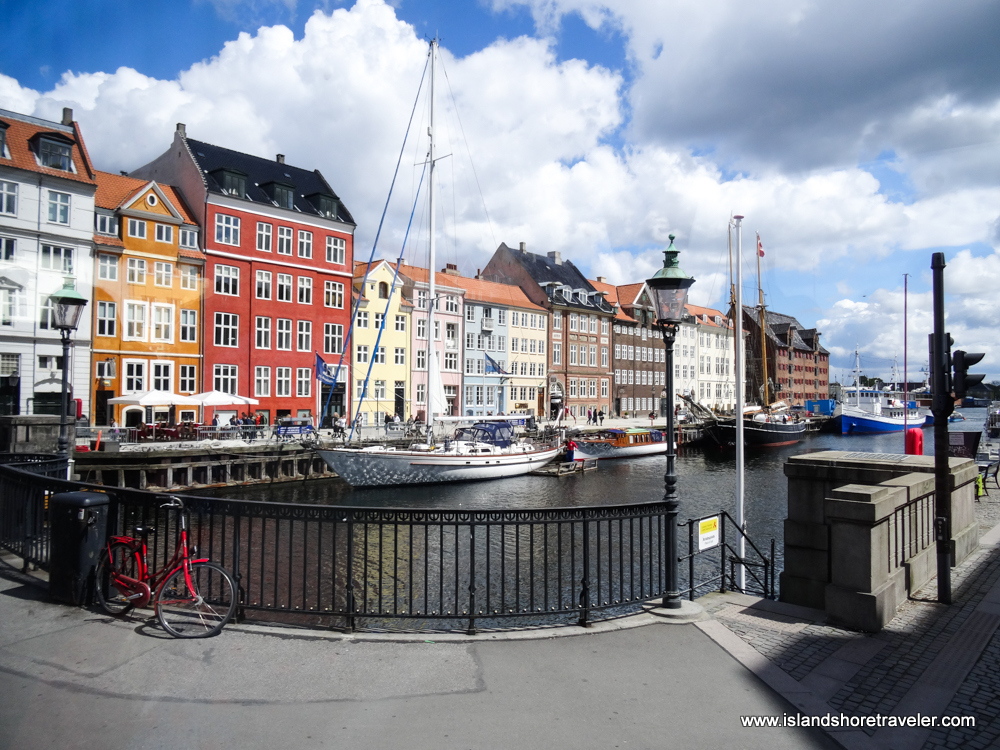
Chances are, if you have seen photos of Copenhagen, you have likely seen a shot of Nyhavn. This is the colorful inner city waterfront in Copenhagen where brightly colored 17th century townhouses have been refurbished and turned into bars, cafes, and restaurants that line the canal. The oldest house dates back to 1681 and famed Danish author, Hans Christian Andersen, lived in this district for 18 years. It’s a lively part of the city and the canal is lined with all kinds of watercraft.
Water plays a big part in Copenhagen life. A great way to see the sights is to take a boat tour.

You just never know whose little yacht you might come close to. This is Her Danish Majesty’s yacht called the Dannebrog.

The crew is keeping the yacht in ship-shape!
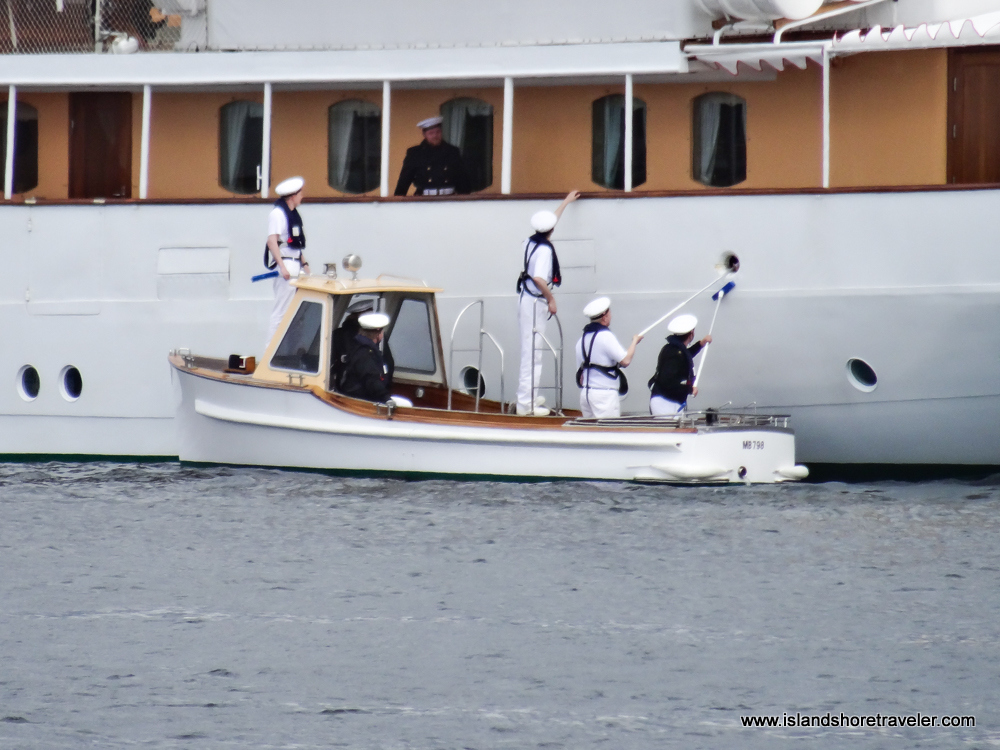
Glorious tall ships are a common sight as they head out for a sail from the harbour in Copenhagen.
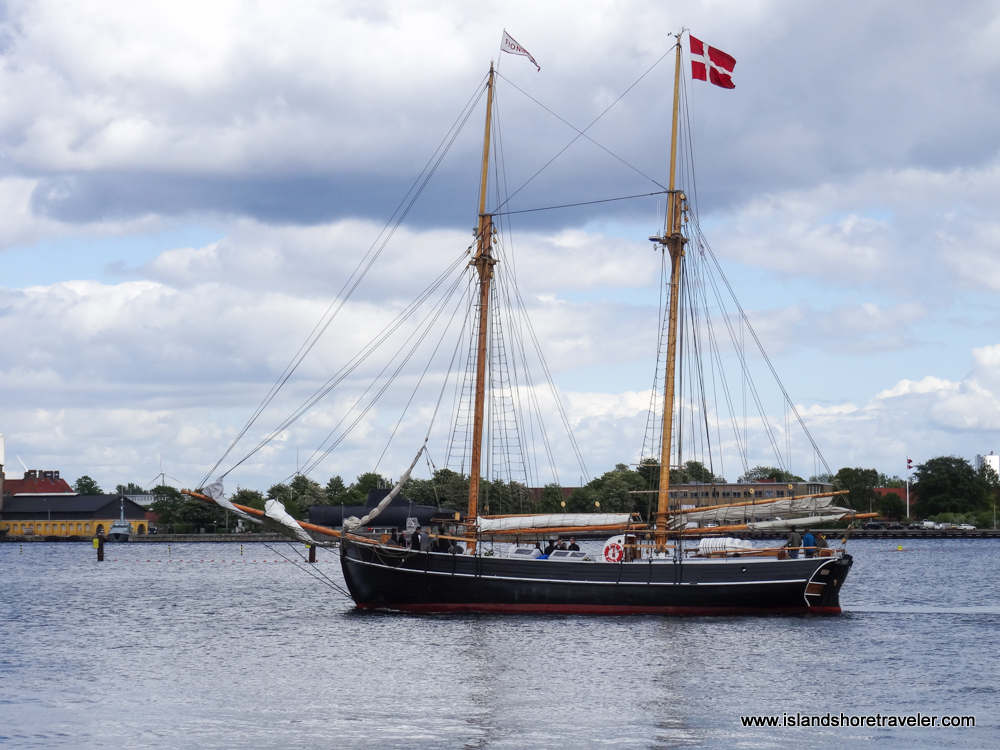
Many of the ships take tourists out on sailing excursions.
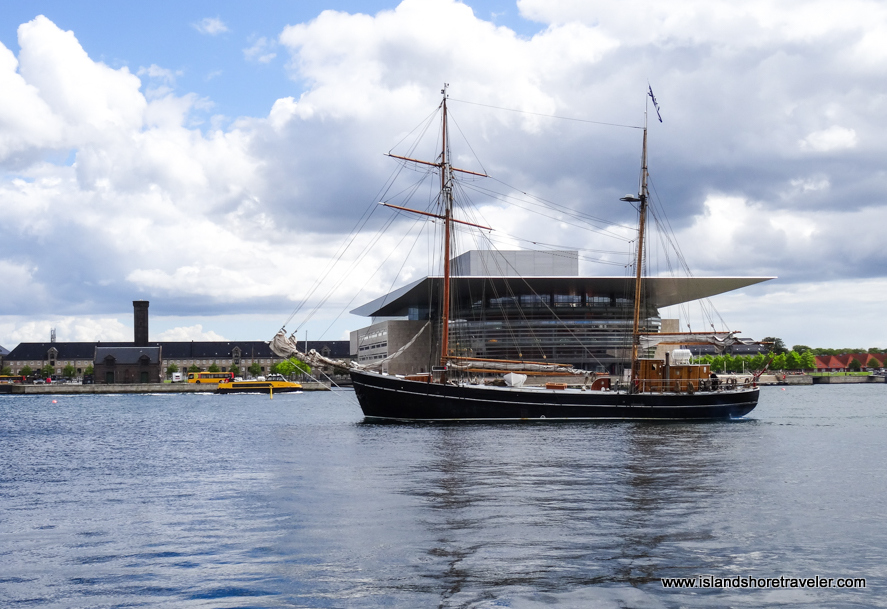
The Royal Danish Opera House, located on the island of Holmen, sits on the harbourfront in the Frederiksstaden neighbourhood in central Copenhagen. The modern structure that somewhat resembles an aircraft hangar, was opened in 2008.

A visit to Copenhagen would not be complete without a tour through Tivoli Gardens, an inner city amusement park.

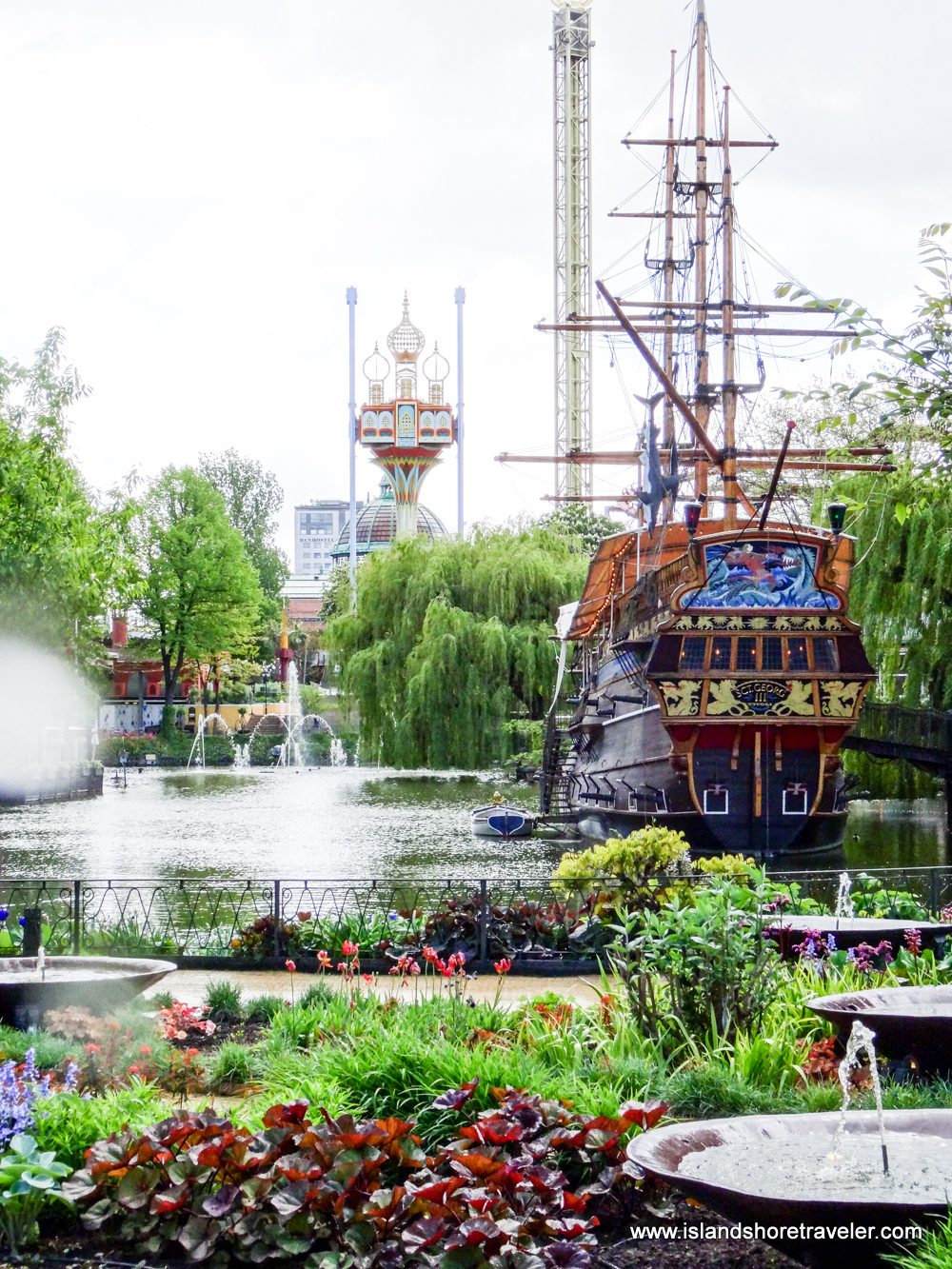
Opened in August 15, 1843, this is the second oldest operating amusement park in the world. Rides range from vintage to thrill seeking.
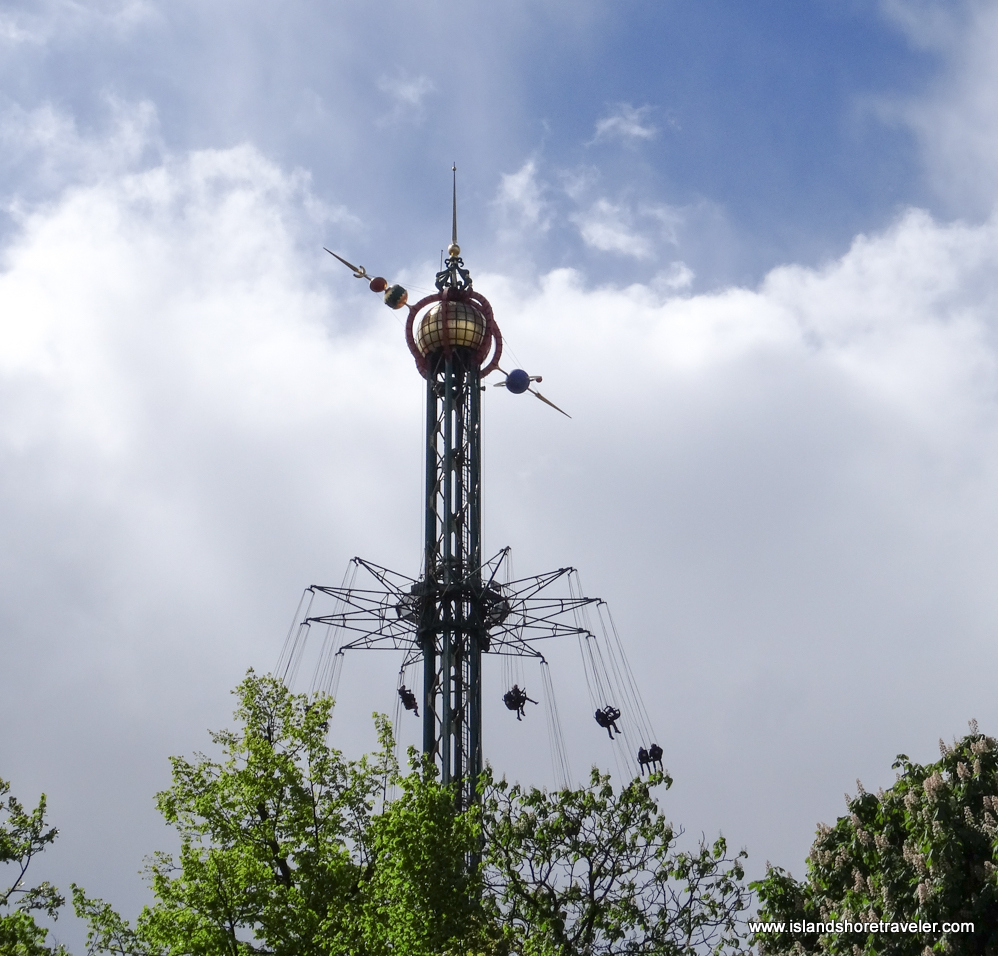
The Dæmonen is not for the faint of heart!
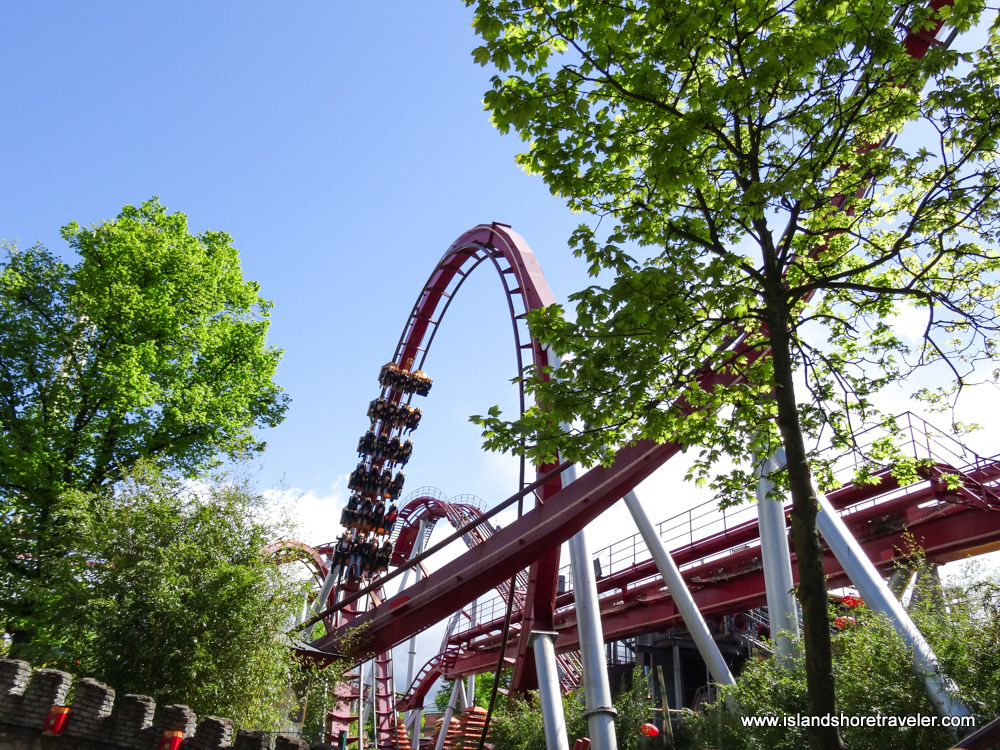
Wander the grounds and check out beautiful flower gardens
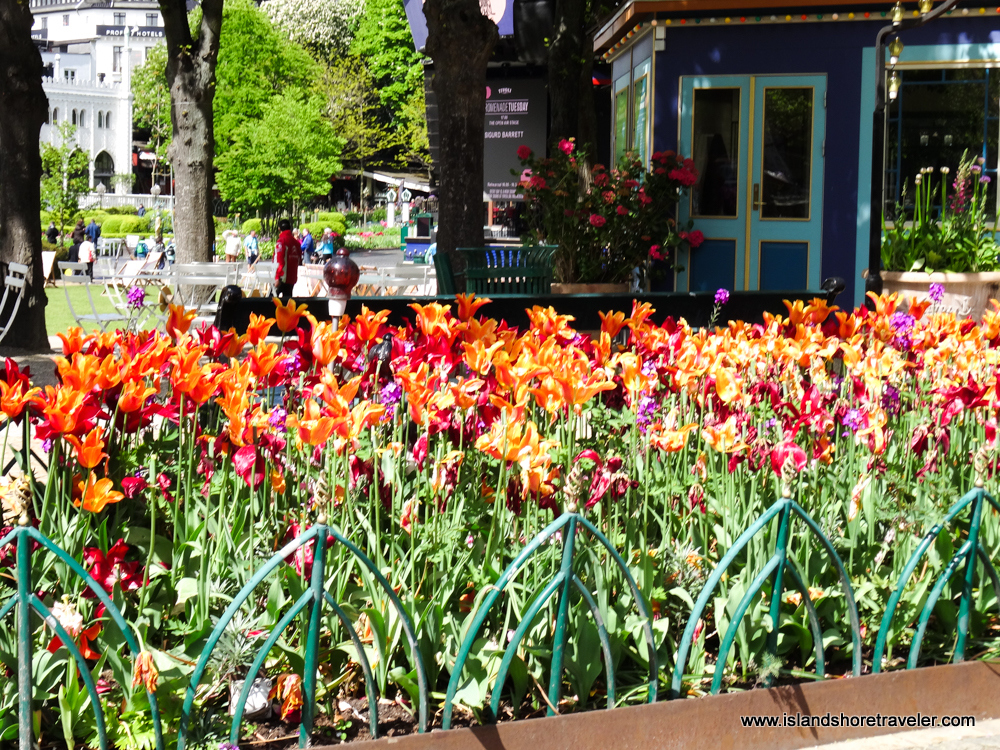
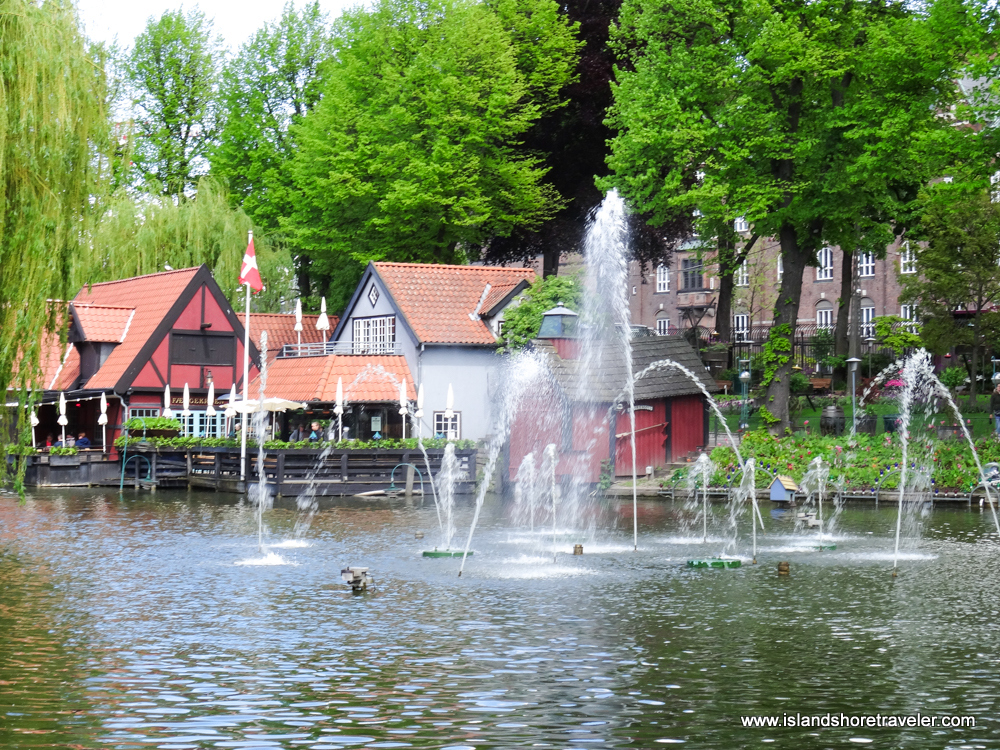
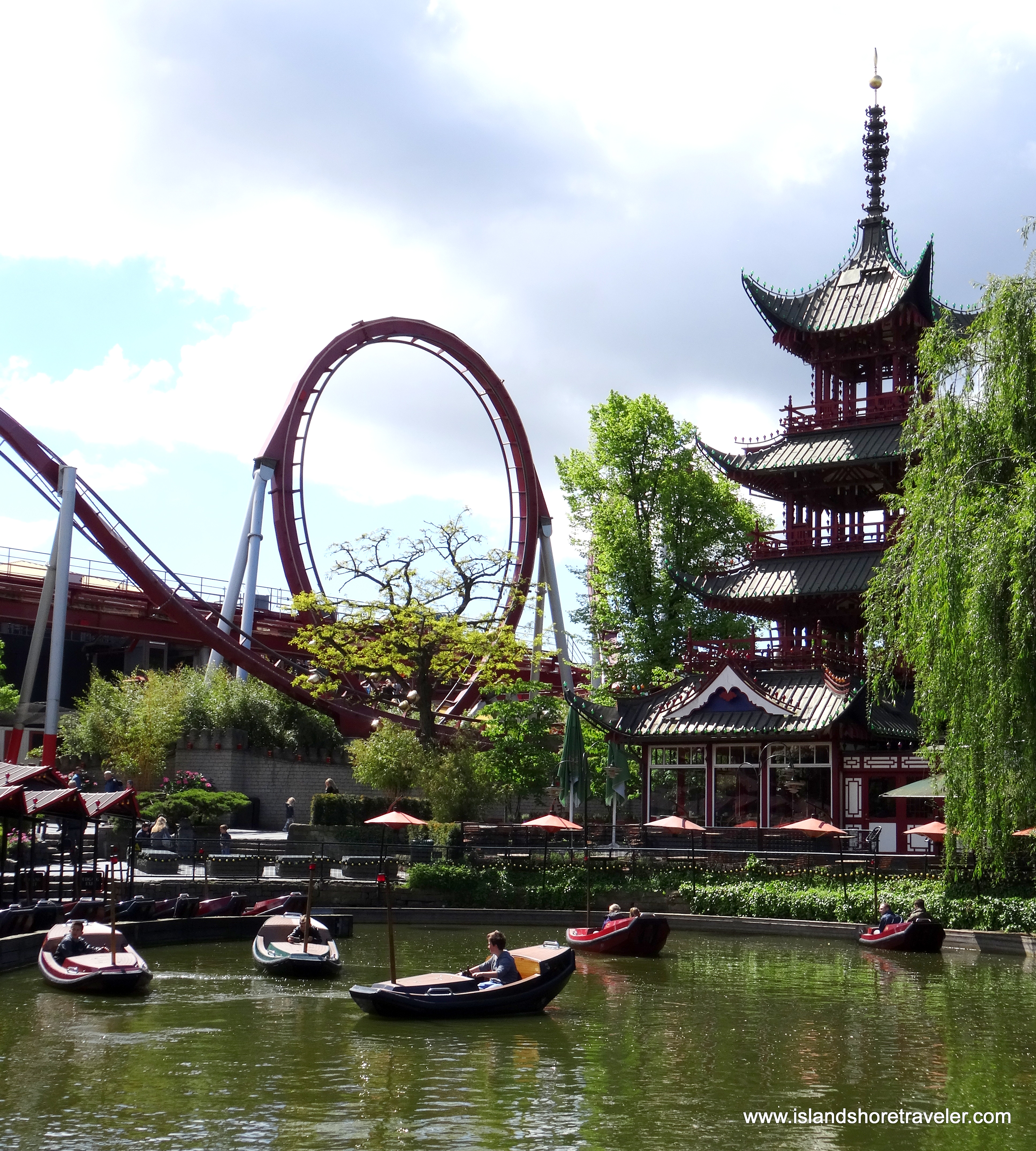
There are numerous restaurants at which to dine within Tivoli Gardens. You’ll find that some, like Mazzoli’s Italian restaurant, offer warm wraps for outdoor dining during cooler months.
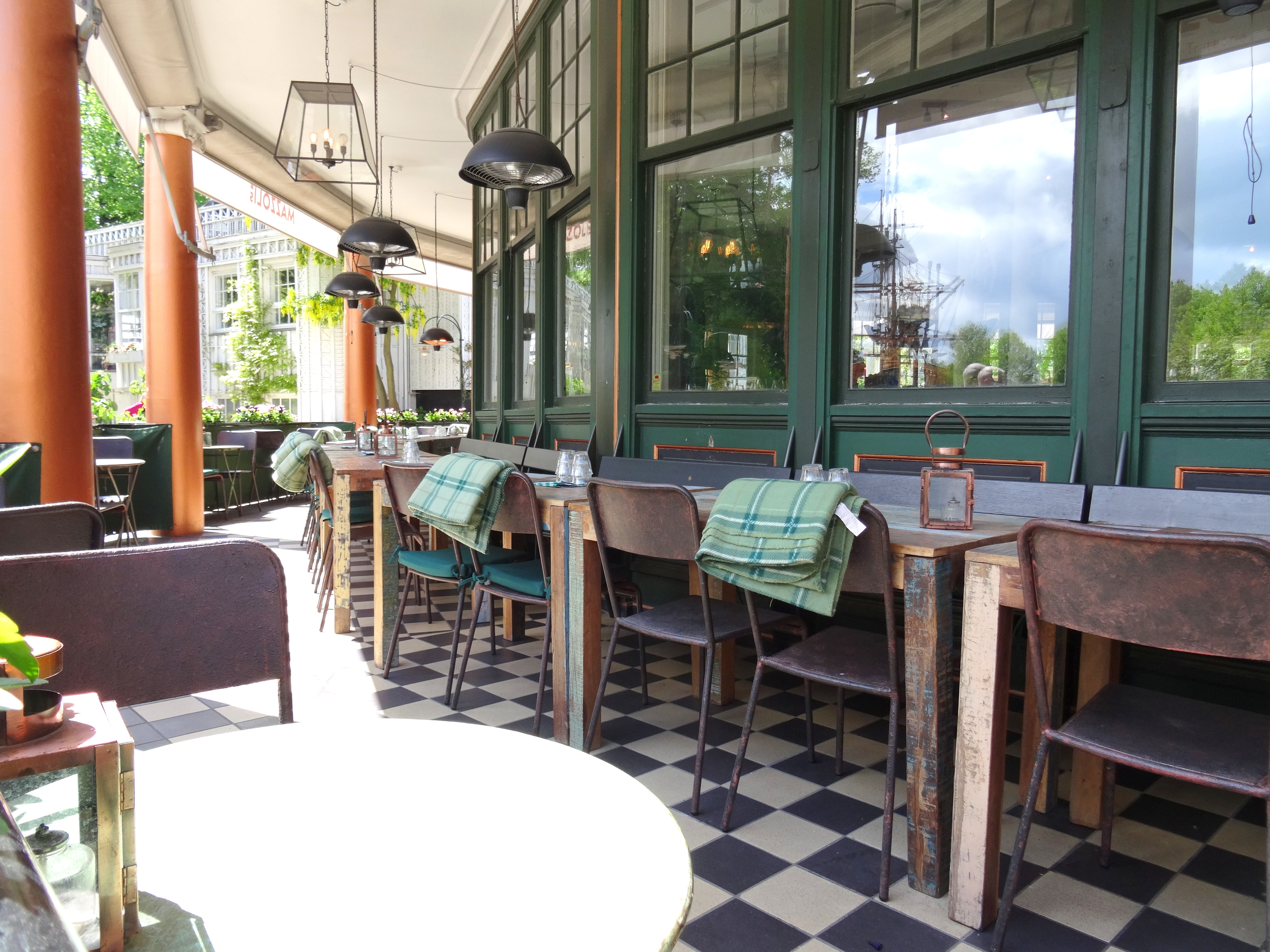
Copenhagen has a wide range of architecture which is none more evident than in the array of historic churches throughout the city. Sitting just across the water from the Royal Danish Opera House and a stone’s throw from the Royal Palace compound is Frederik’s Church, an Evangelical Lutheran Church also known as the “Marble Church”.
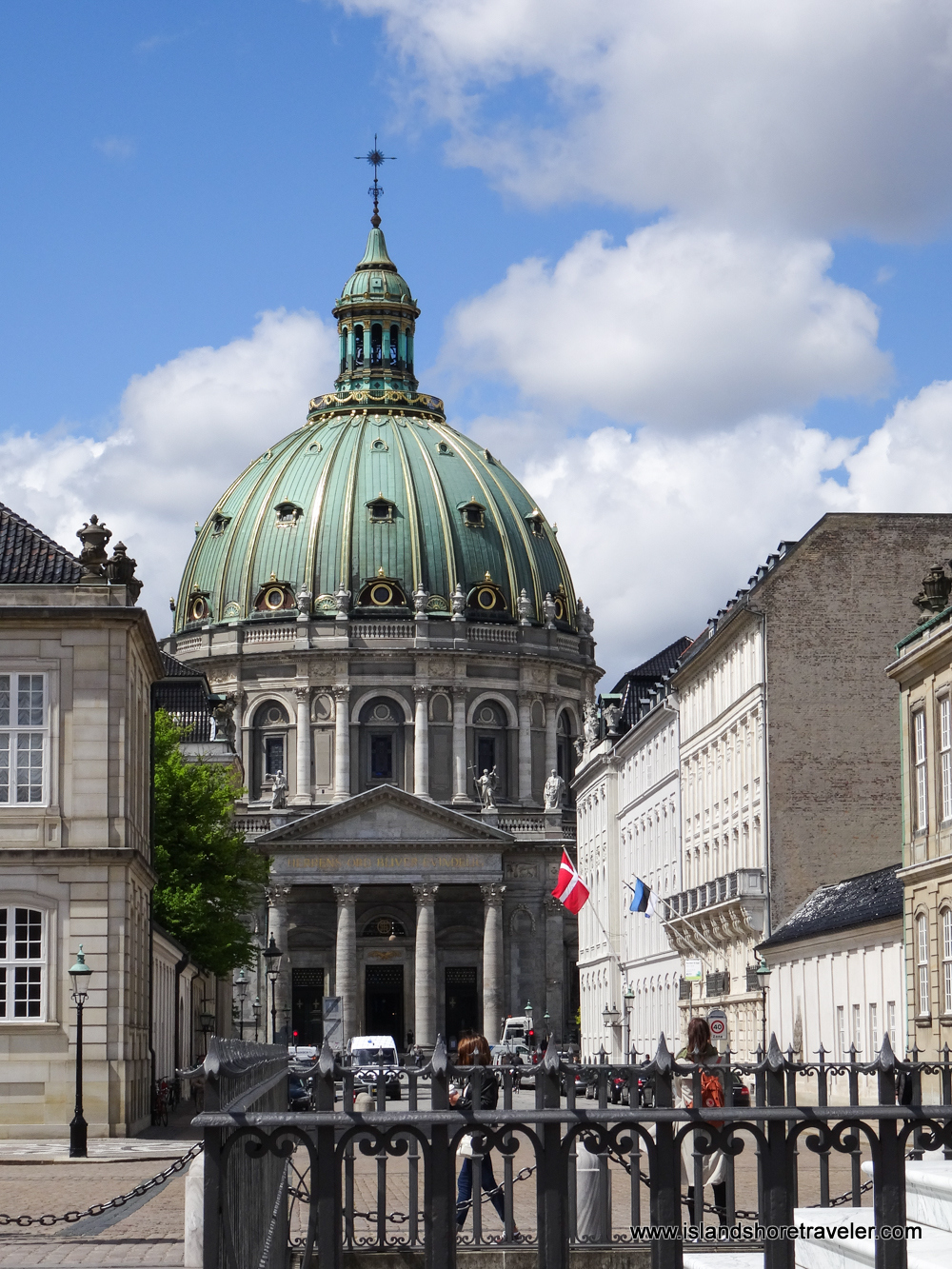
Construction of the copper green-domed church started in the late 1740s but remained unfinished until 1894. Designed in both Baroque and rococo architecture, Frederik’s Church boasts the largest church dome in Scandinavia.
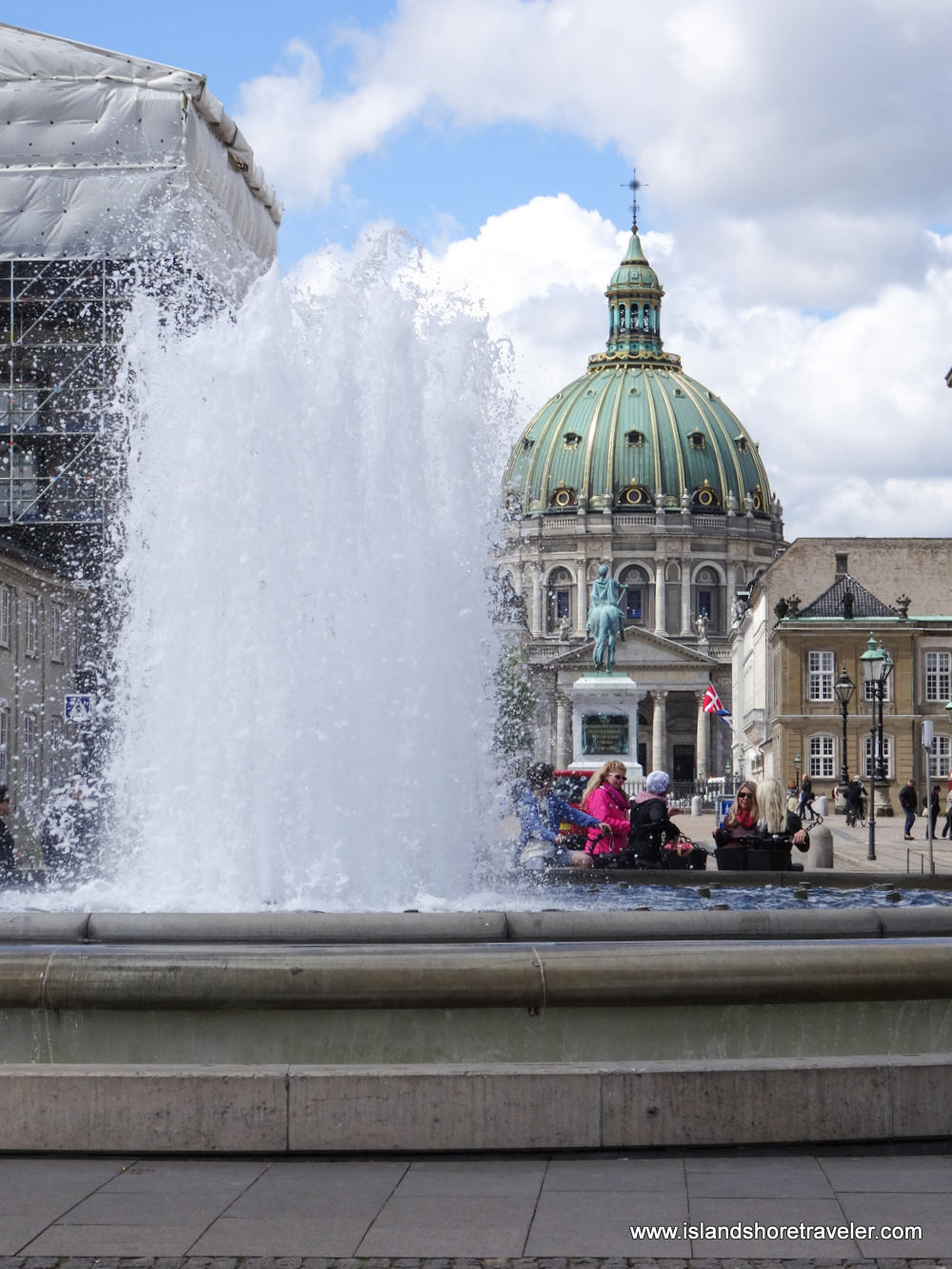
The Church of Holmen is located on a street called Holmens Kanal. The building was originally built as an anchor forge in 1563 but was later converted to a naval church. This was the church were, in 1967, Margarethe II of Denmark (current Queen at time of writing) wed Prince Henrik.
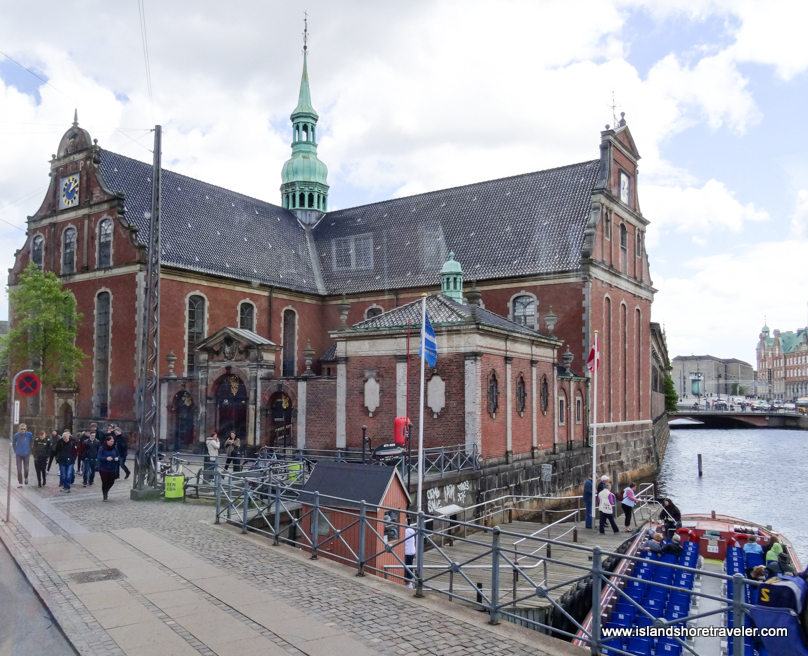
Located not far from the famed statue of the Little Mermaid is St. Alban’s Anglican Church which is a fine example of Gothic revival architecture. This church was built from 1885-1887.

The Church of Our Saviour, with Baroque features, has a skinny helix spire with an external winding staircase that gives commanding views of the city. The church was completed in 1695 and the spire in 1752.

The compound in which the Danish Royal Family lives in the winter is called Amalienborg. Four identical classical palaces, like the one pictured below, are positioned around an octagonal courtyard.
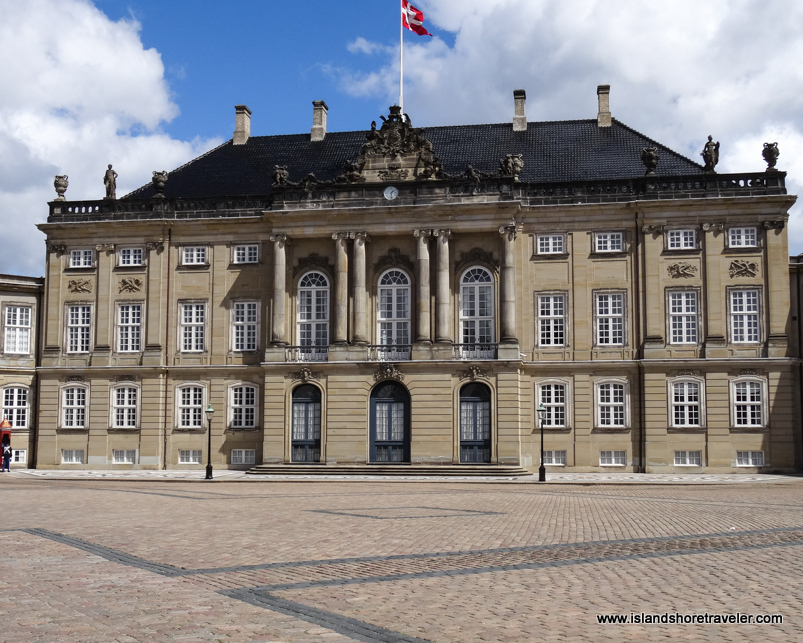
Amalienborg is guarded by the Royal Life Guard. If you happen to be in the area at noon, you can catch the ceremonial changing of the guard tradition.
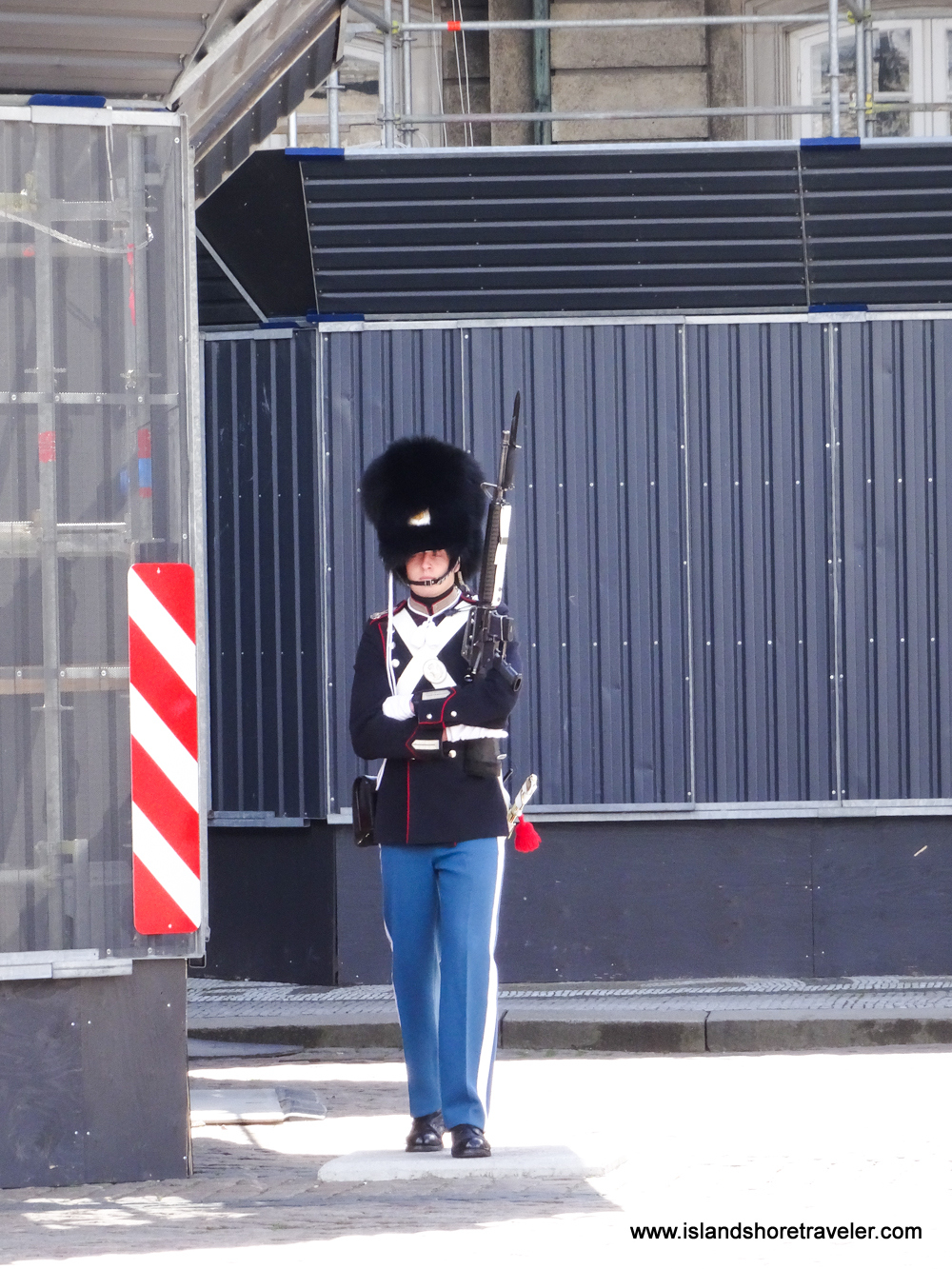
And, of course, visitors to Copenhagen do tend to make a stop at the statute of the Little Mermaid depicting the fictional character in Hans Christen Andersen’s fairy tale by the same name.
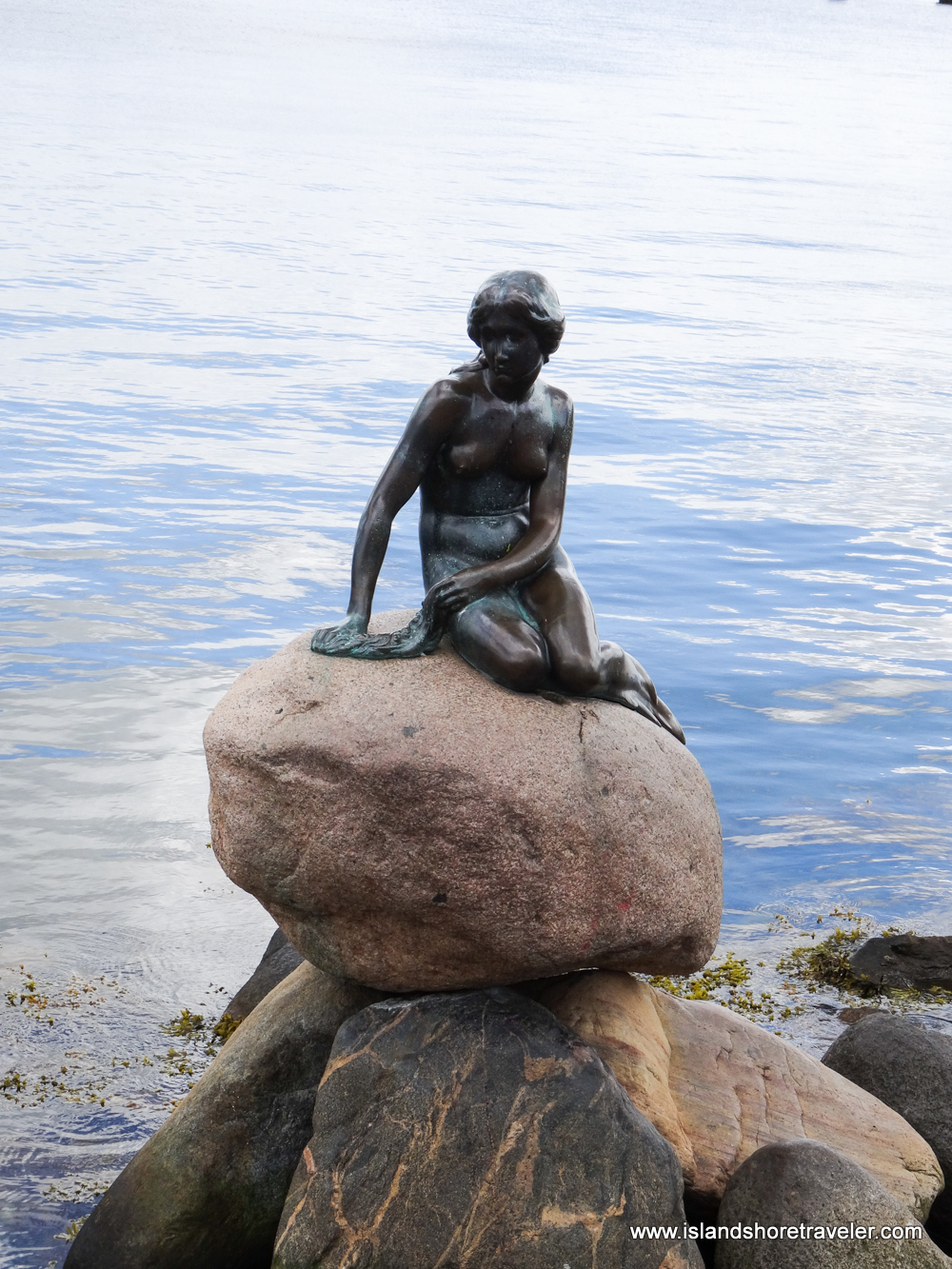
The bronze and granite statue, erected in 1913, was a gift to the city of Copenhagen by Danish brewer Carl Jacobsen. He commissioned sculptor Edvard Eriksen to produce the statue and Eriksen’s wife, Eline, posed for the work.

The following are streetscapes that show the general architecture around the city.

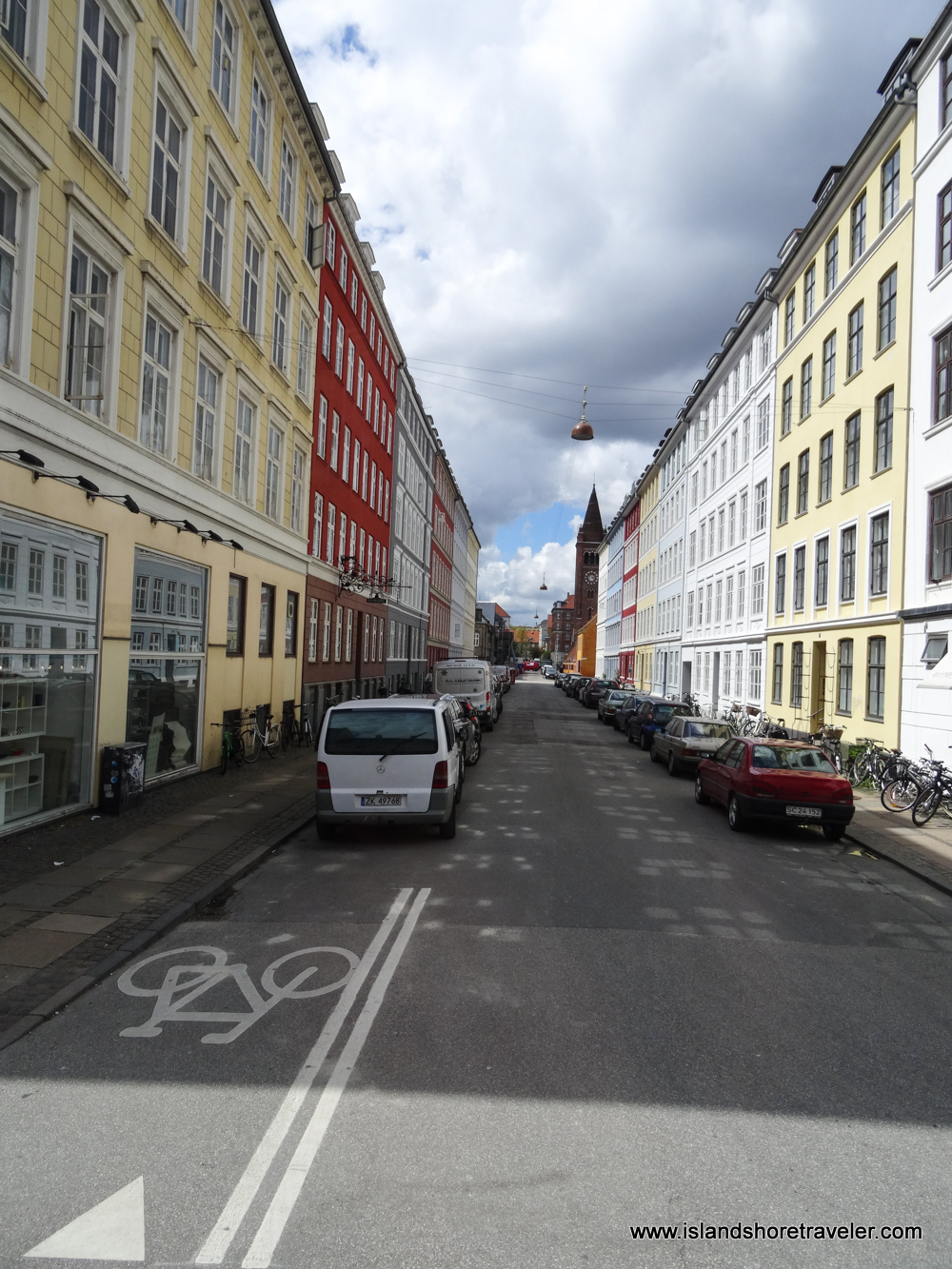
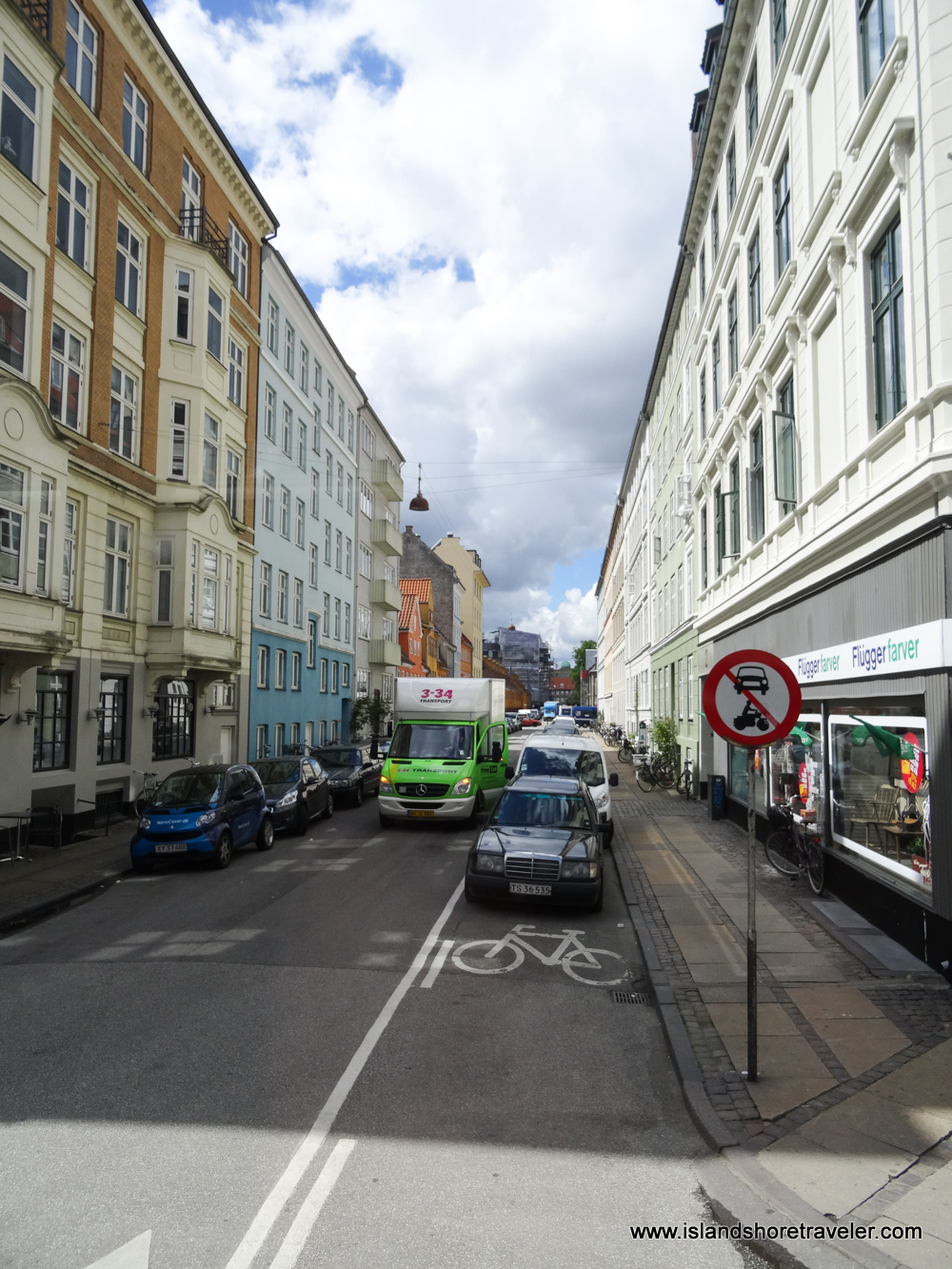
Expect to see lots of cyclists in Copenhagen!
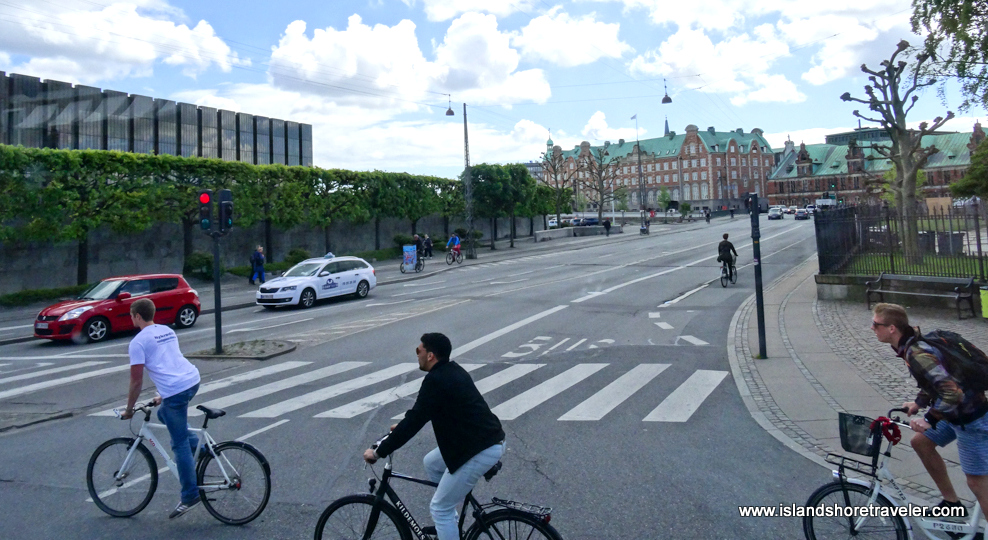
With more than 375km of cycle tracks and traffic lights coordinated to include cycle traffic during rush hour, this city is cycling friendly. It is said that even the country’s politicians make their daily commute to Parliament via cycling.
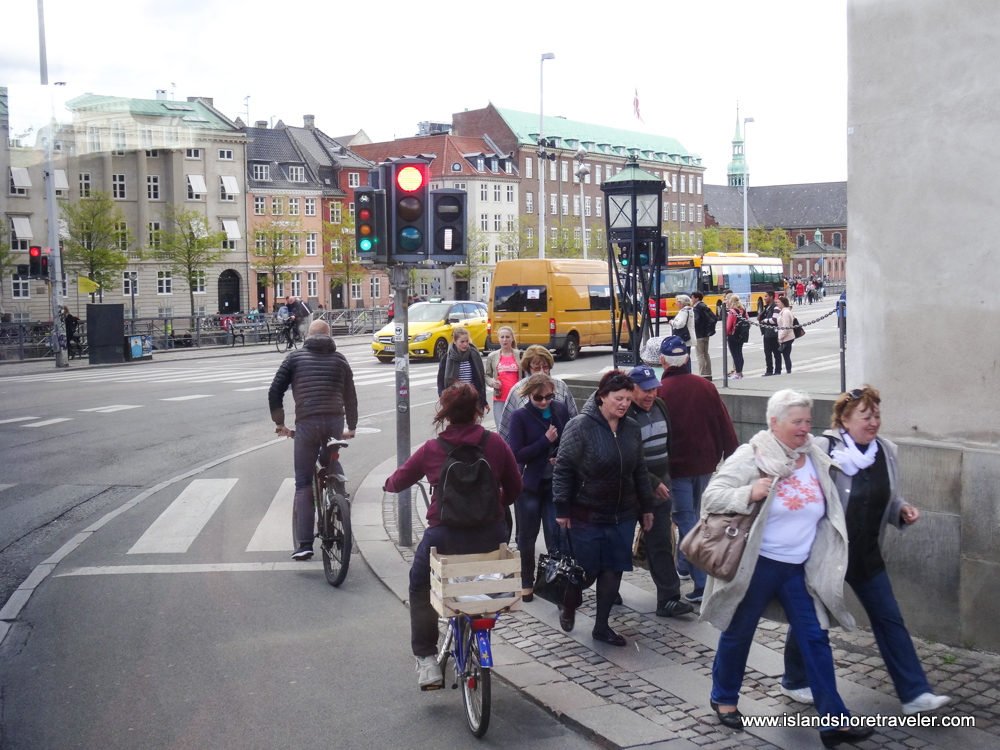
I hope you have enjoyed this little tour of this Scandinavian city. Copenhagen is a picturesque city and one that is steeped in rich history.








